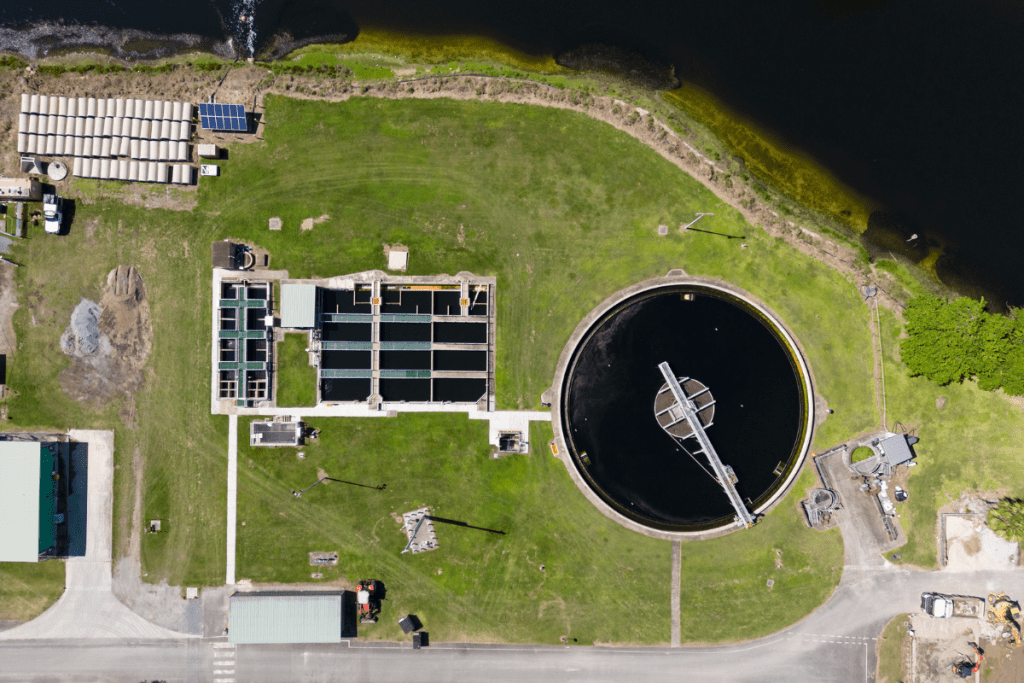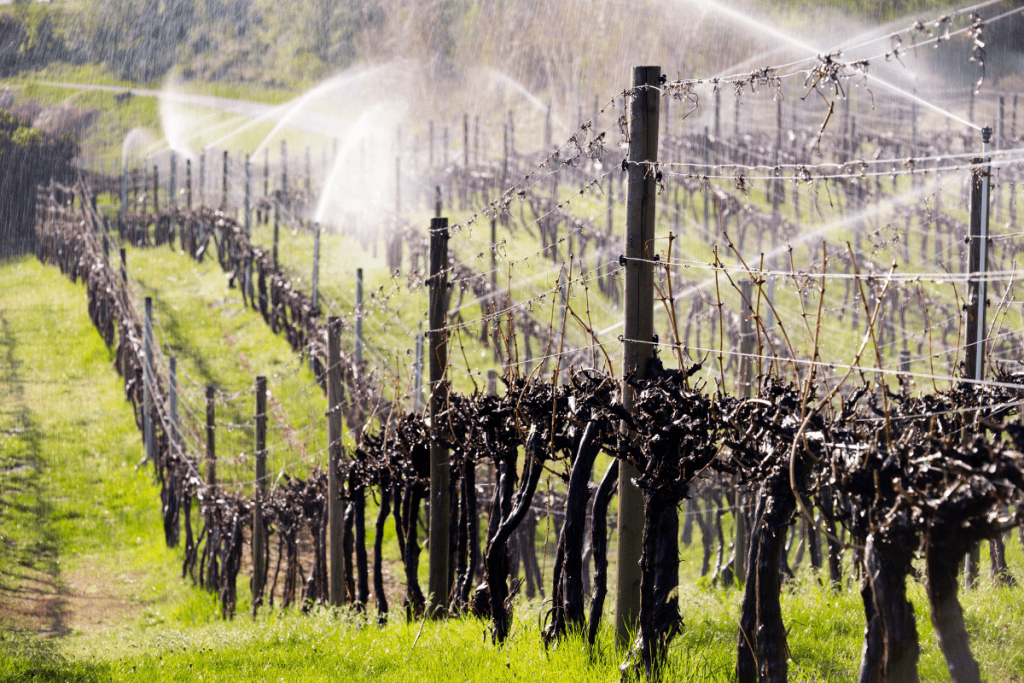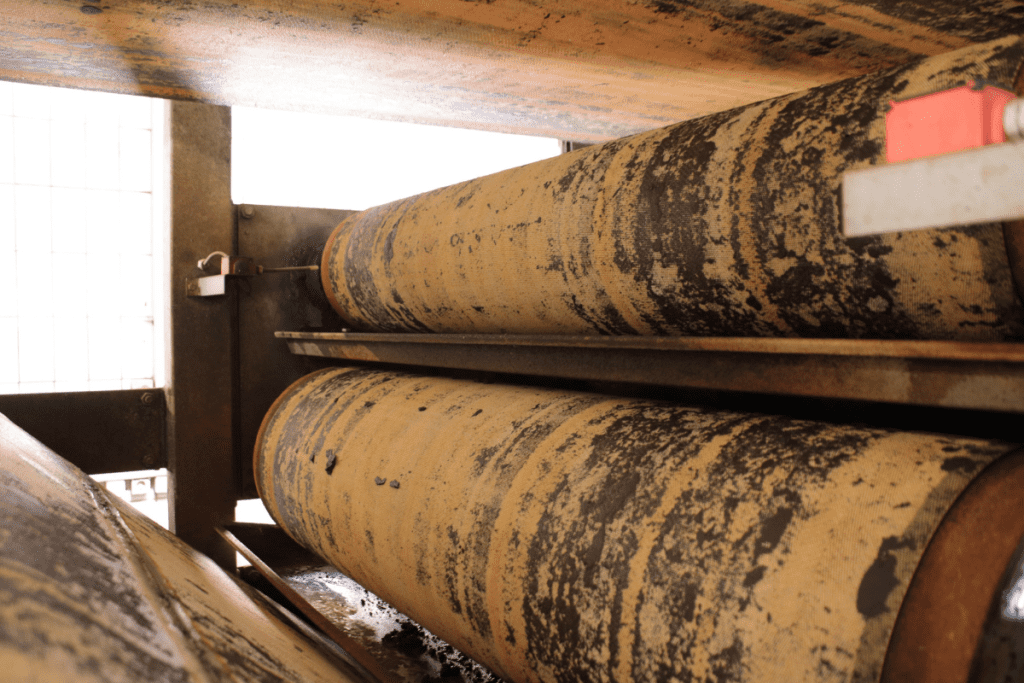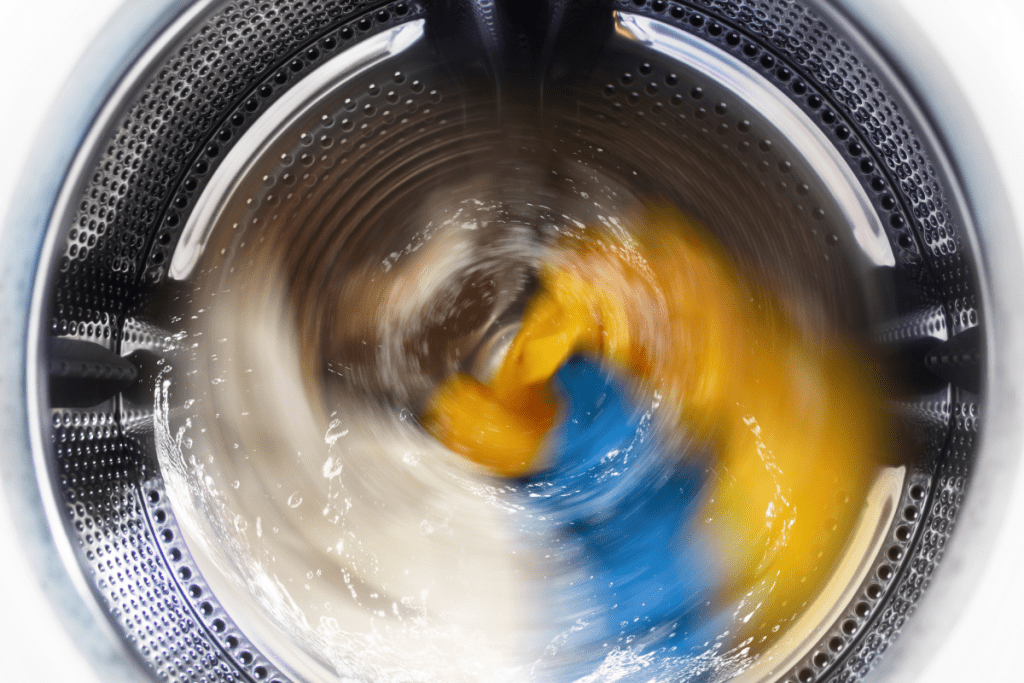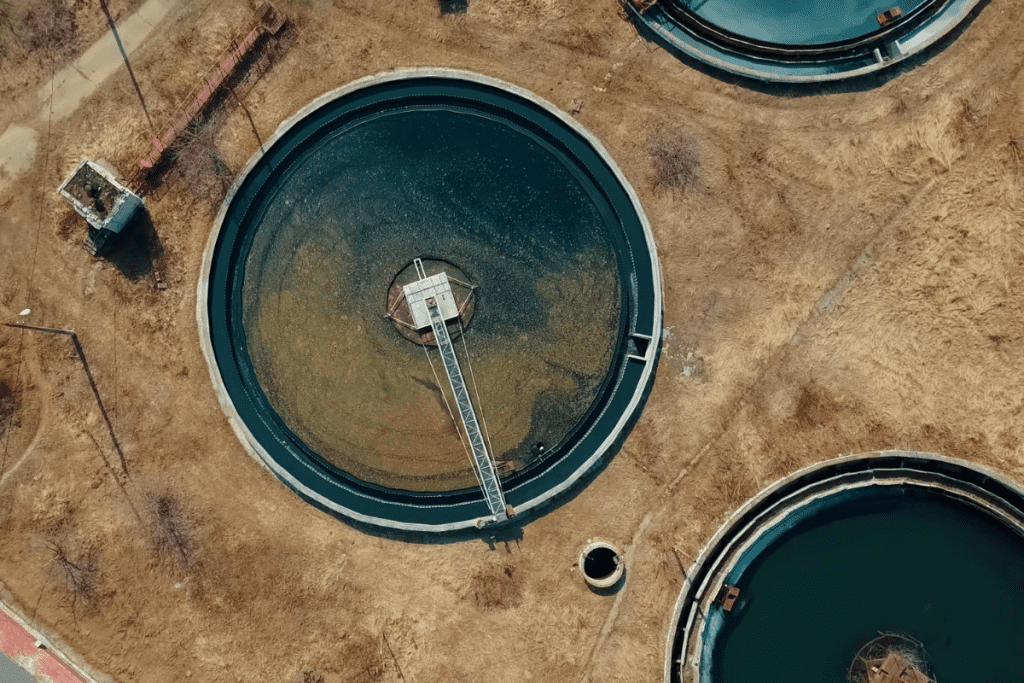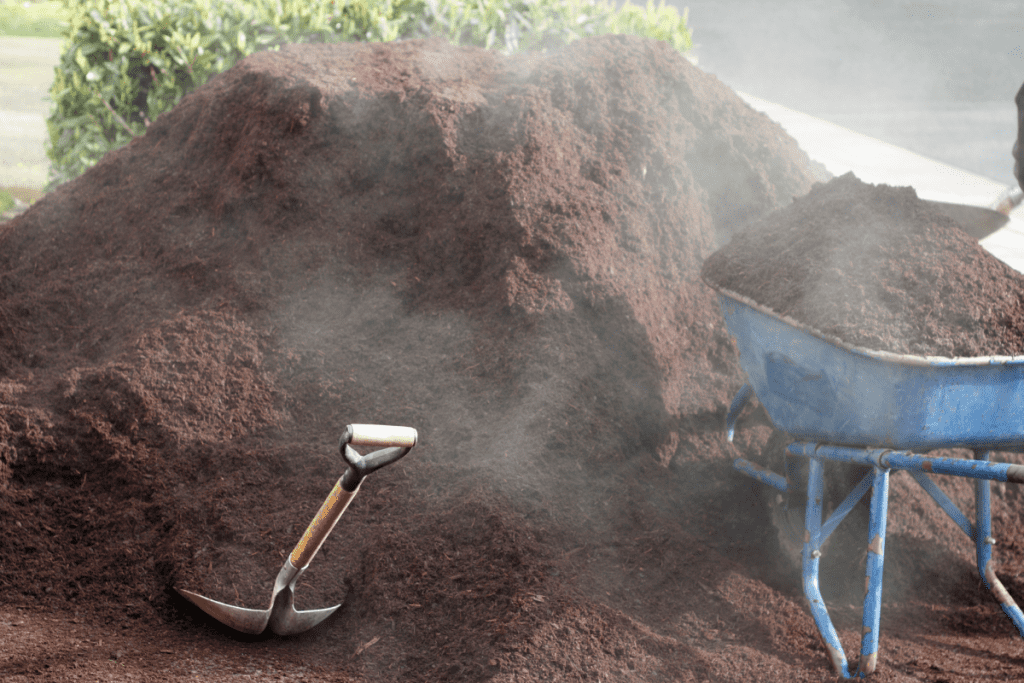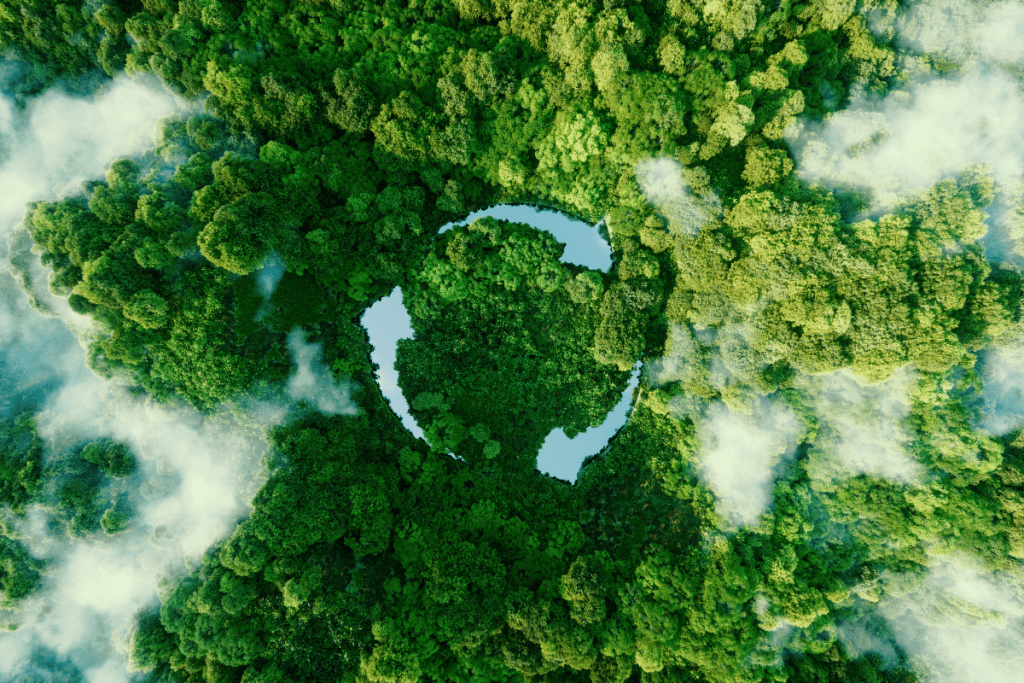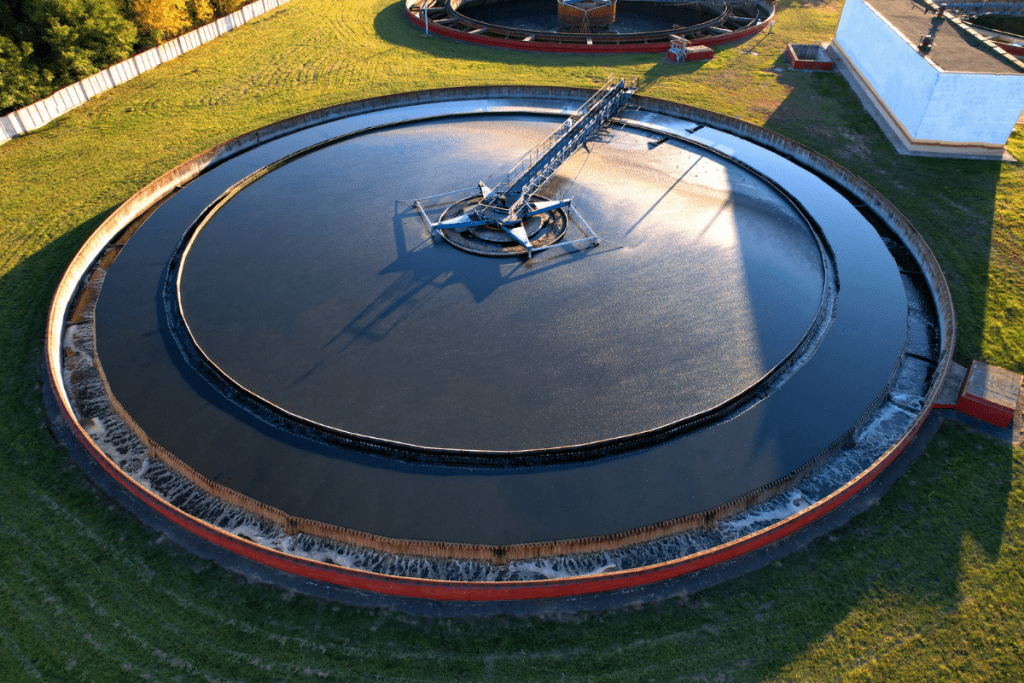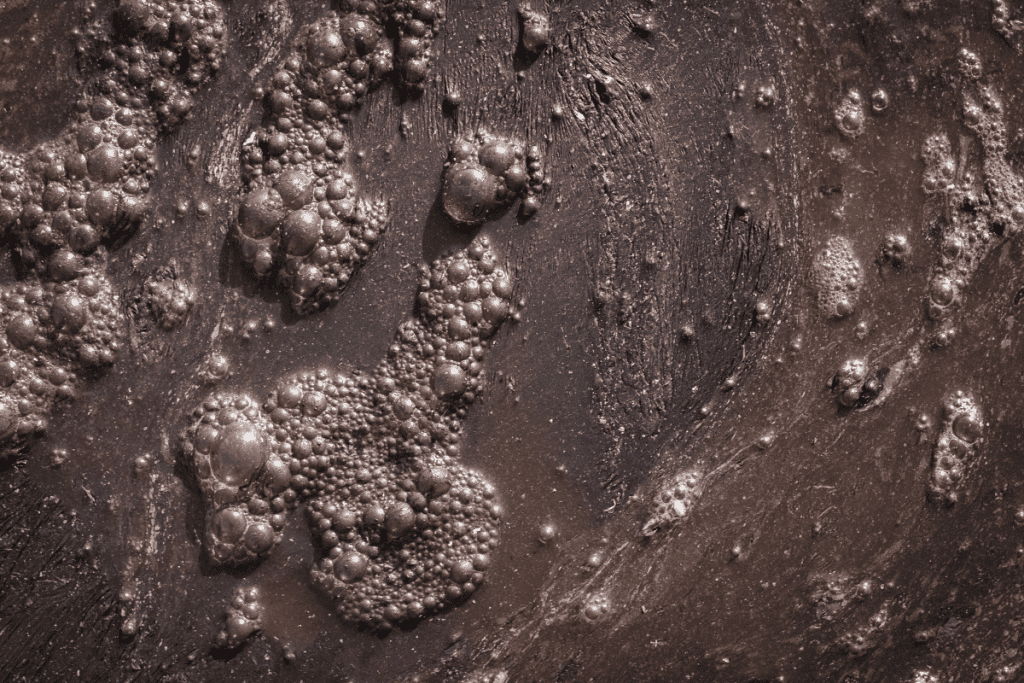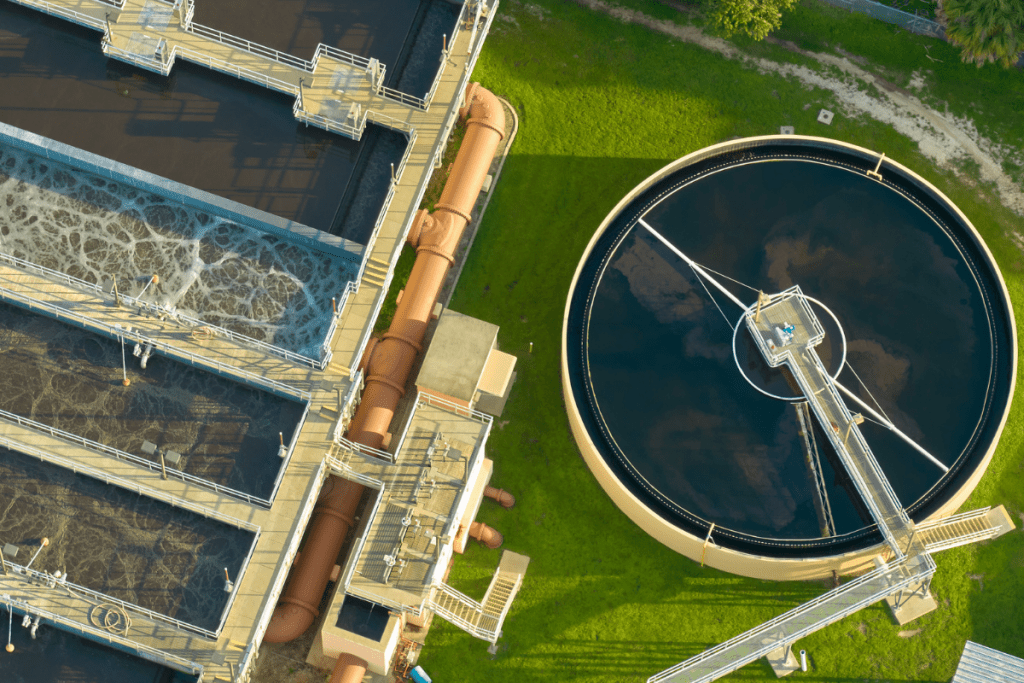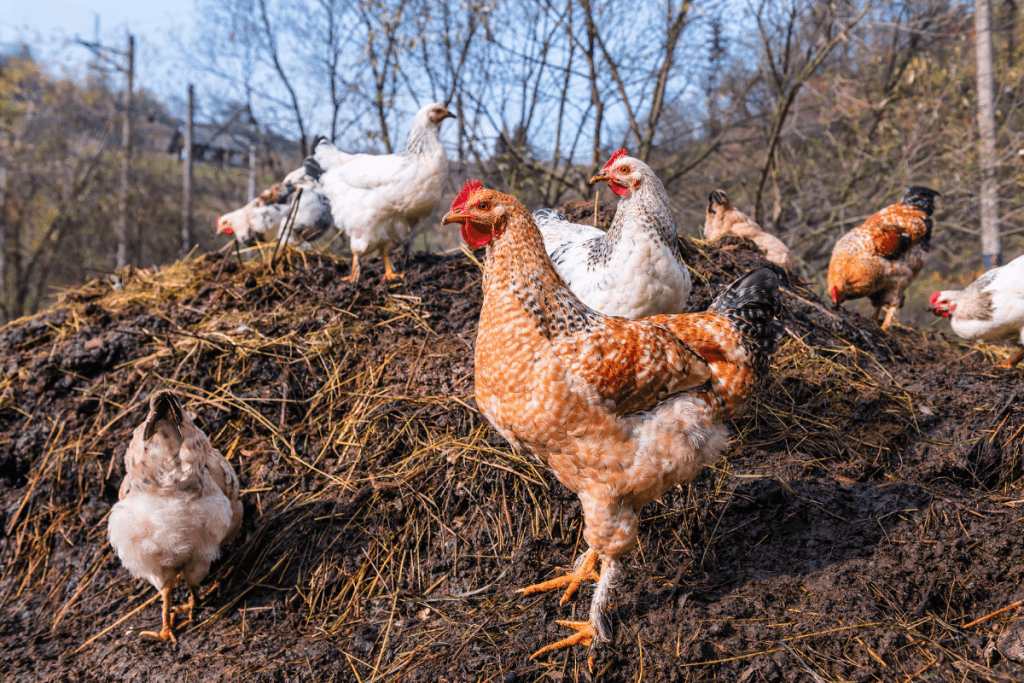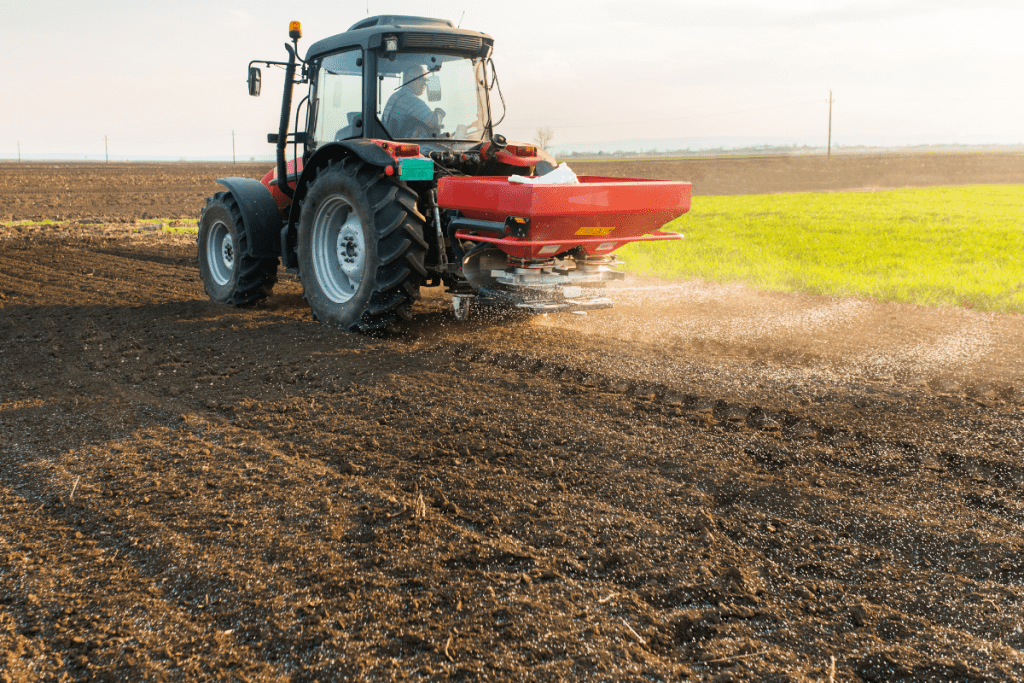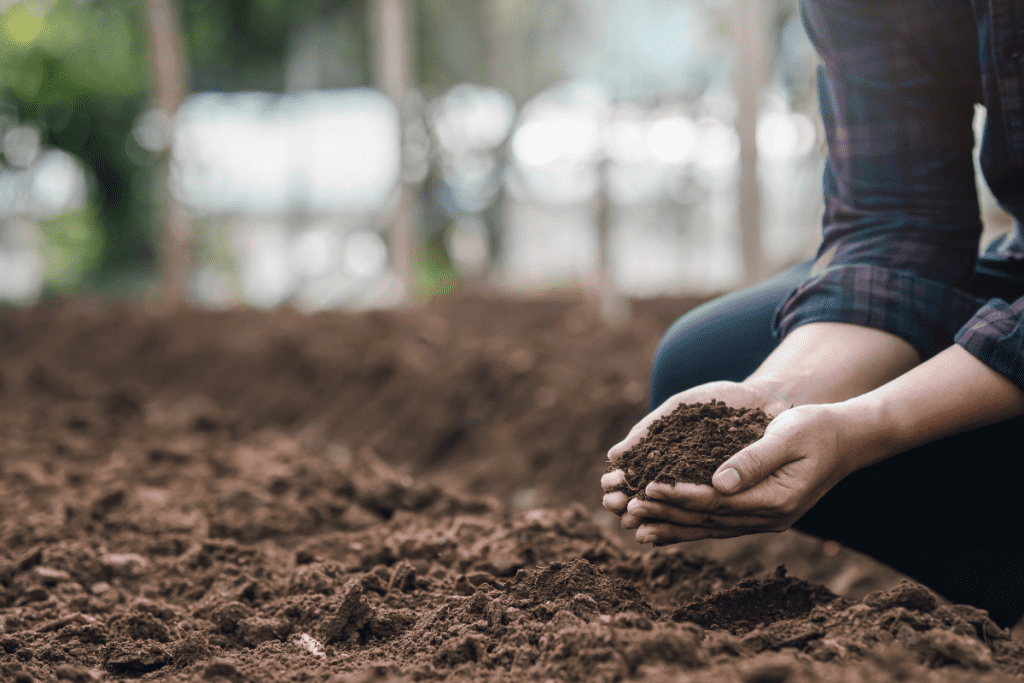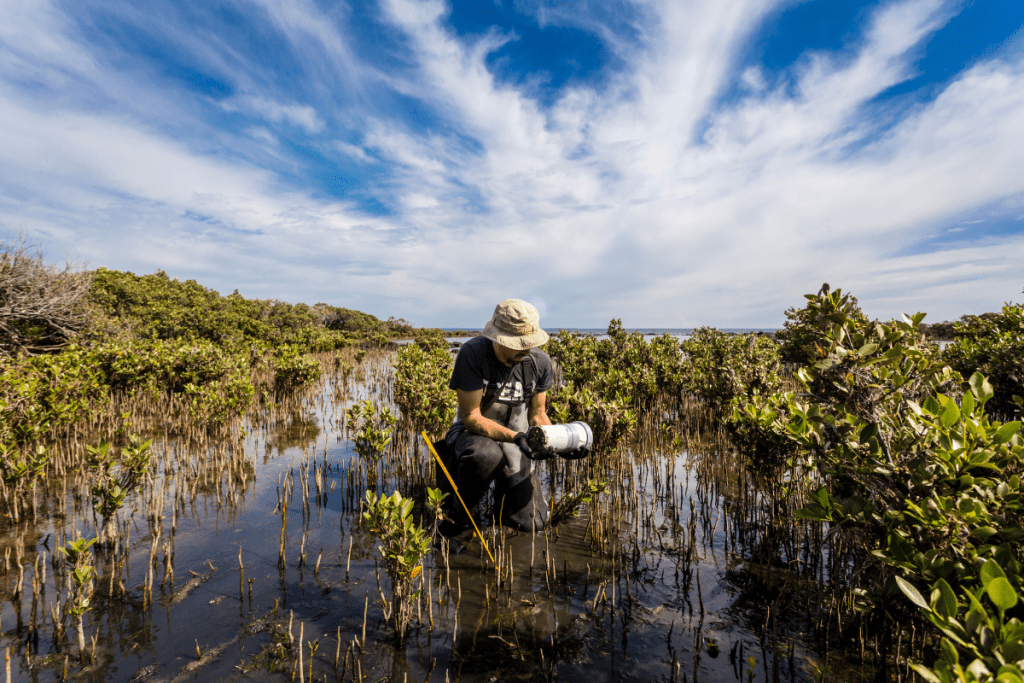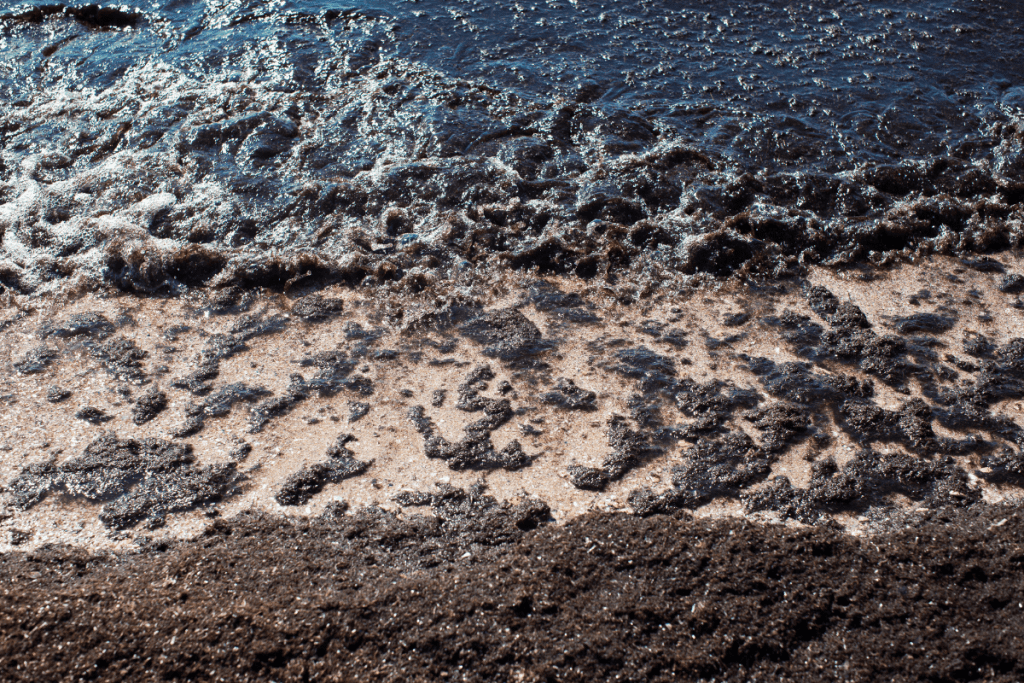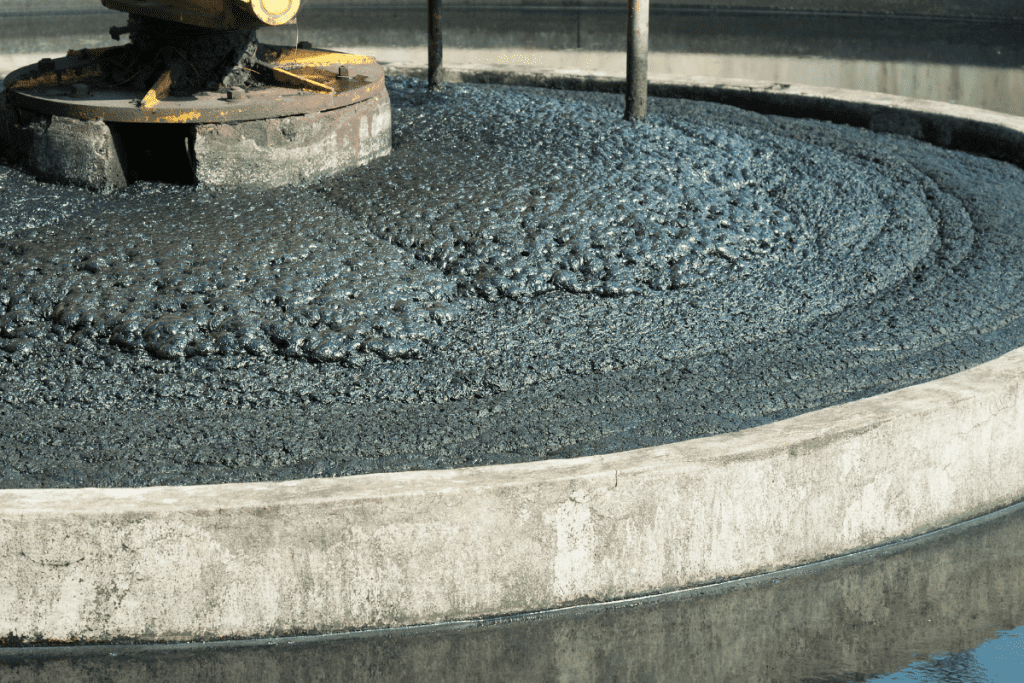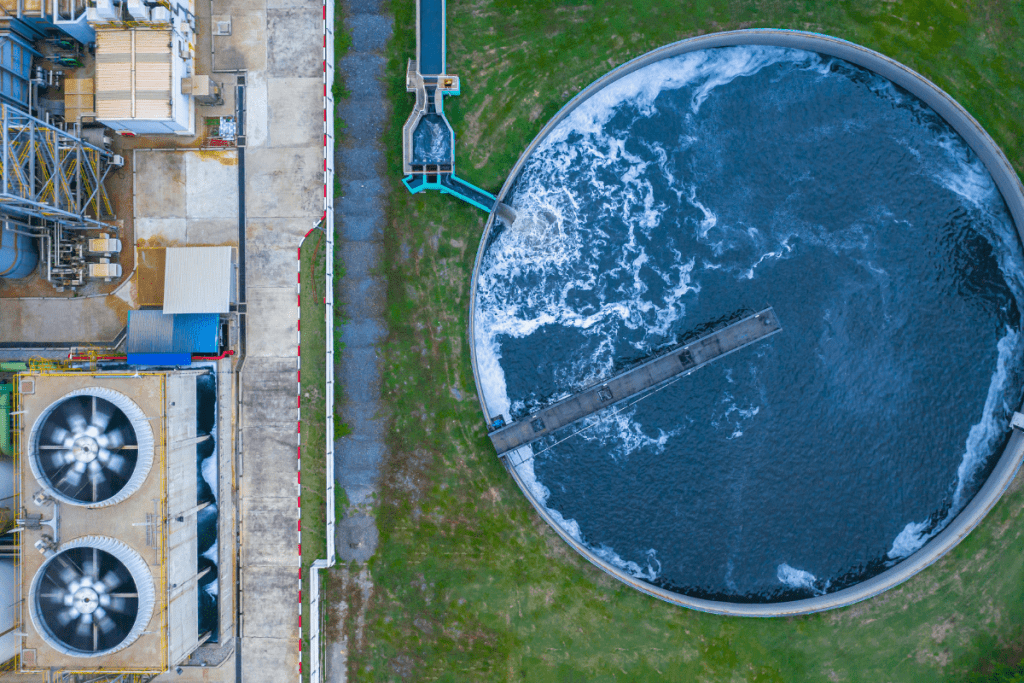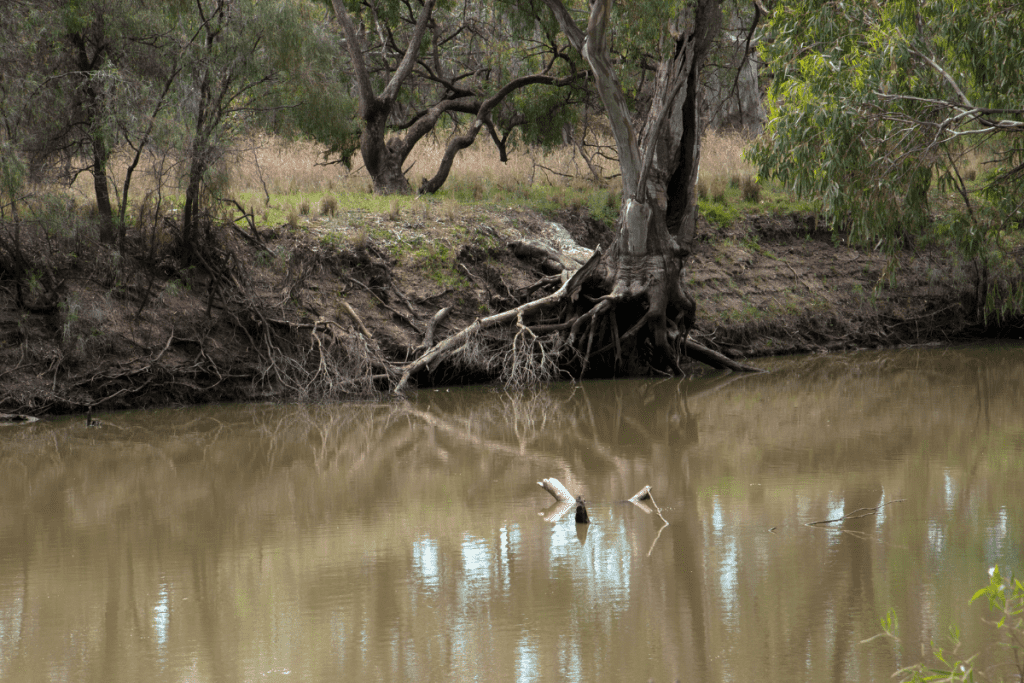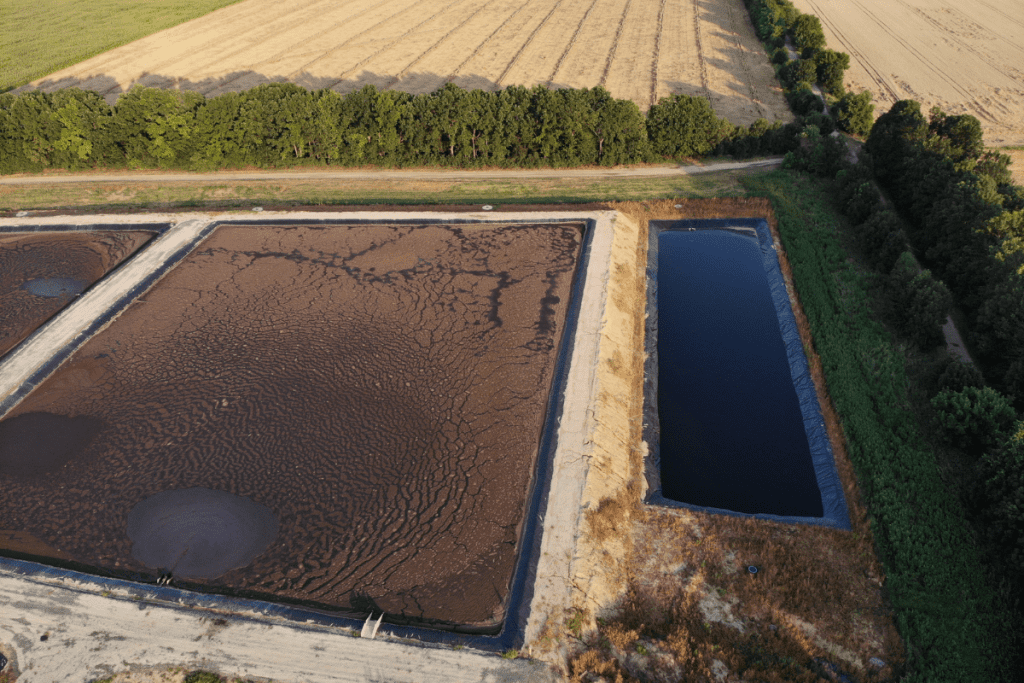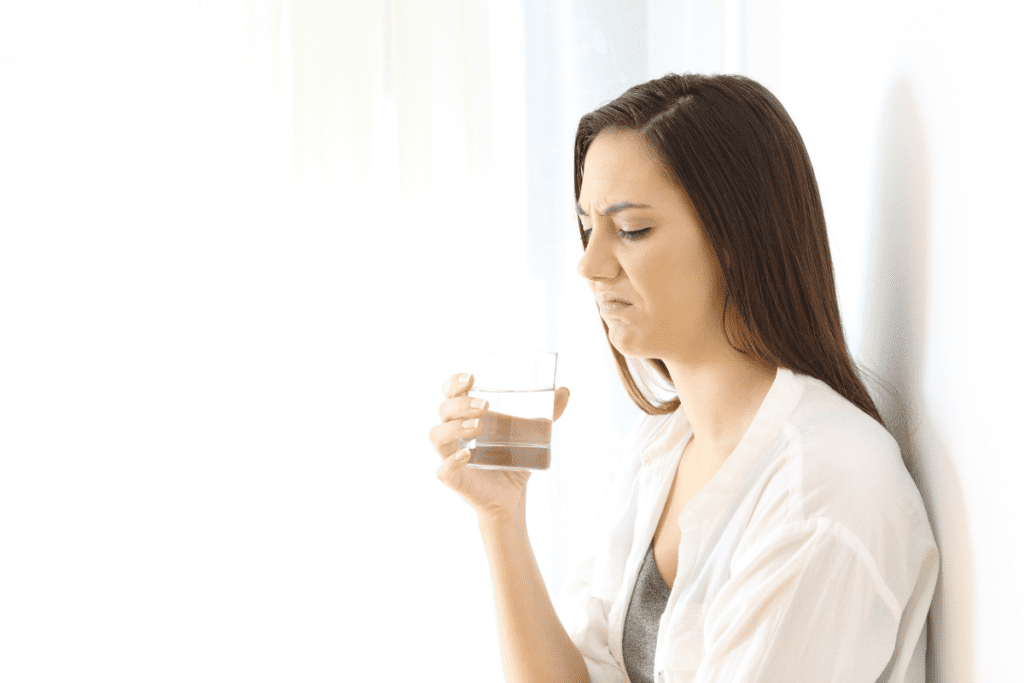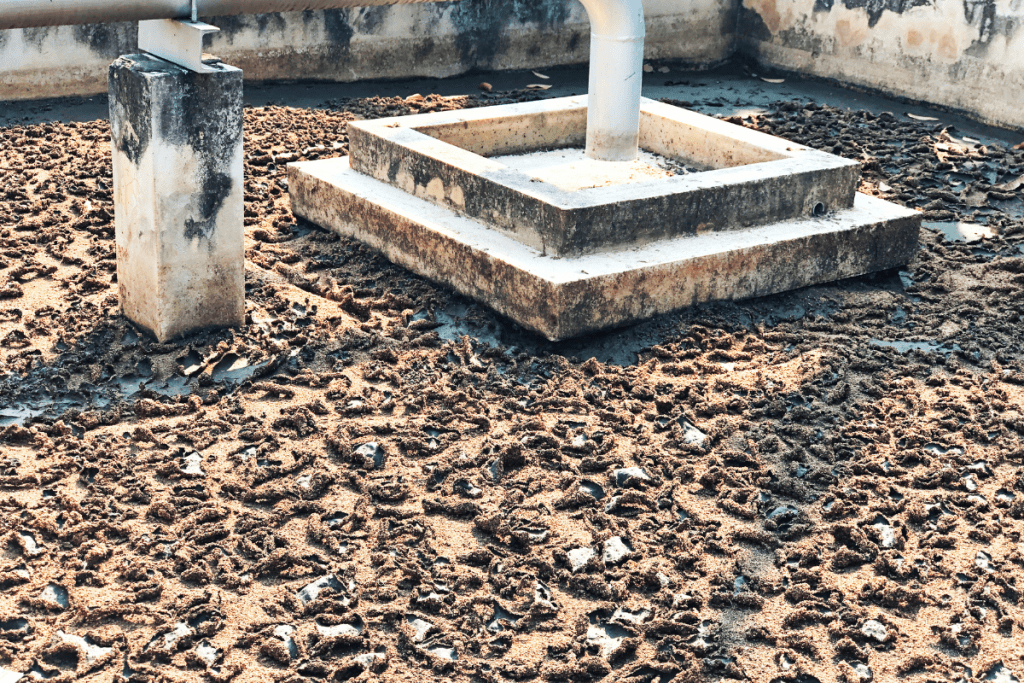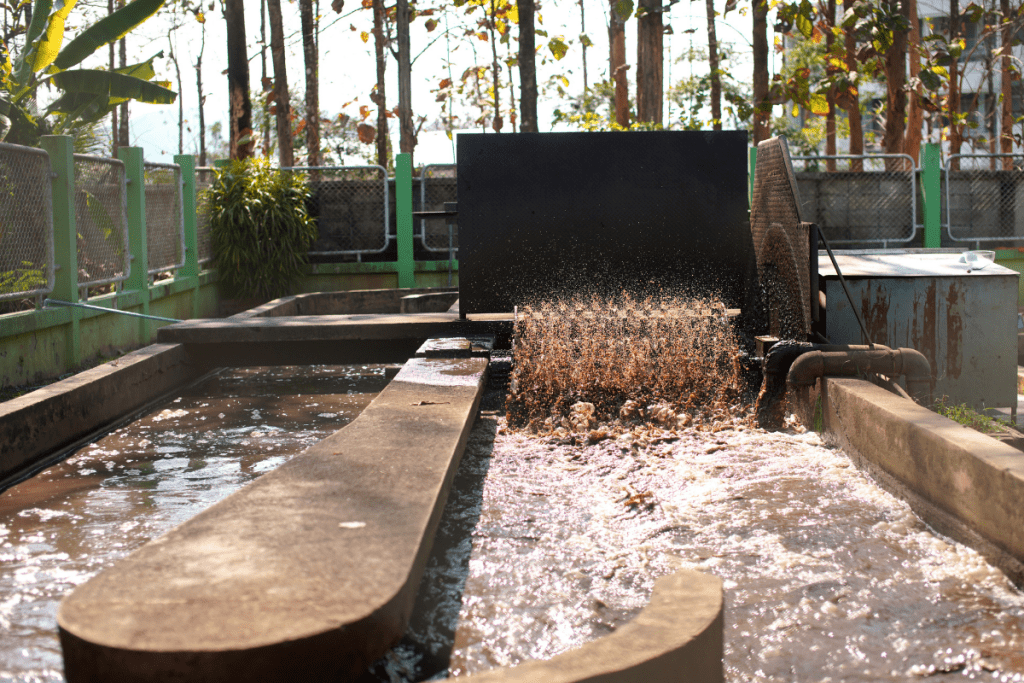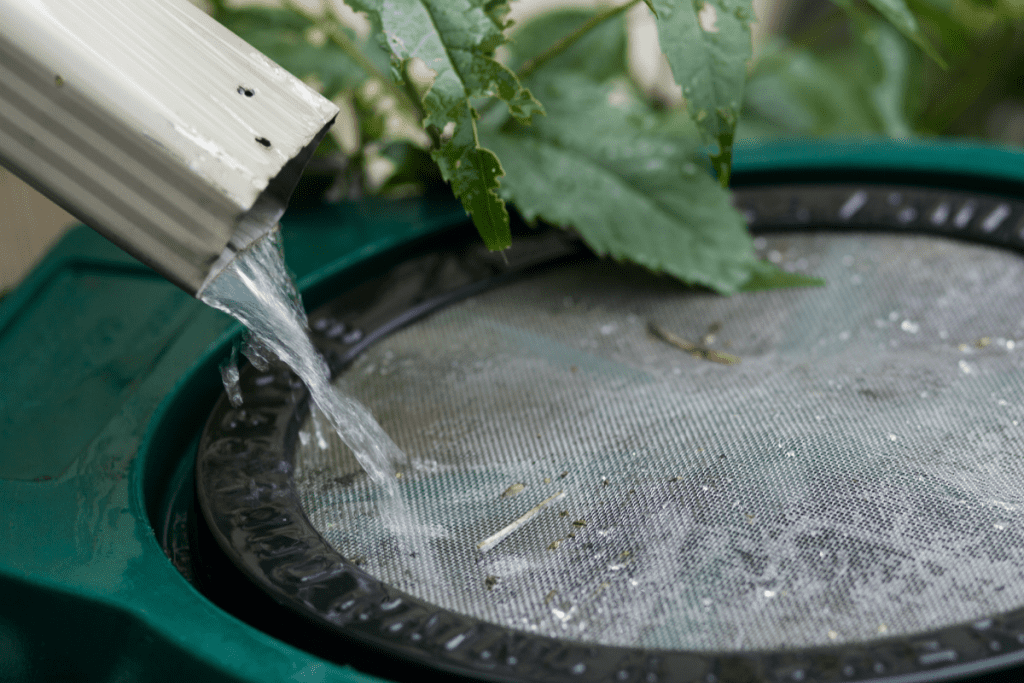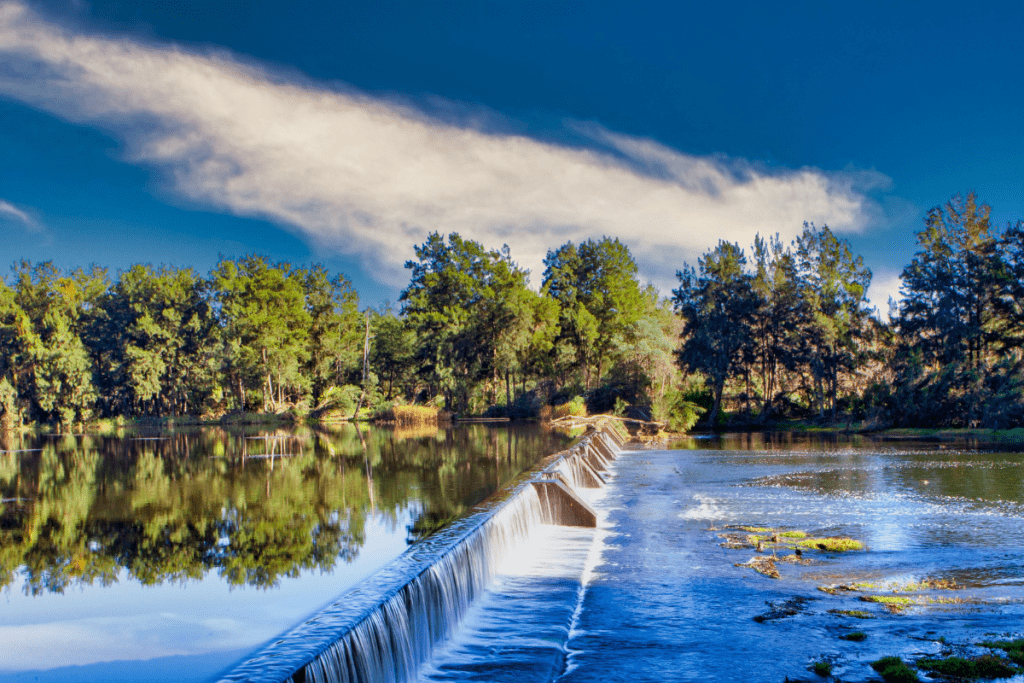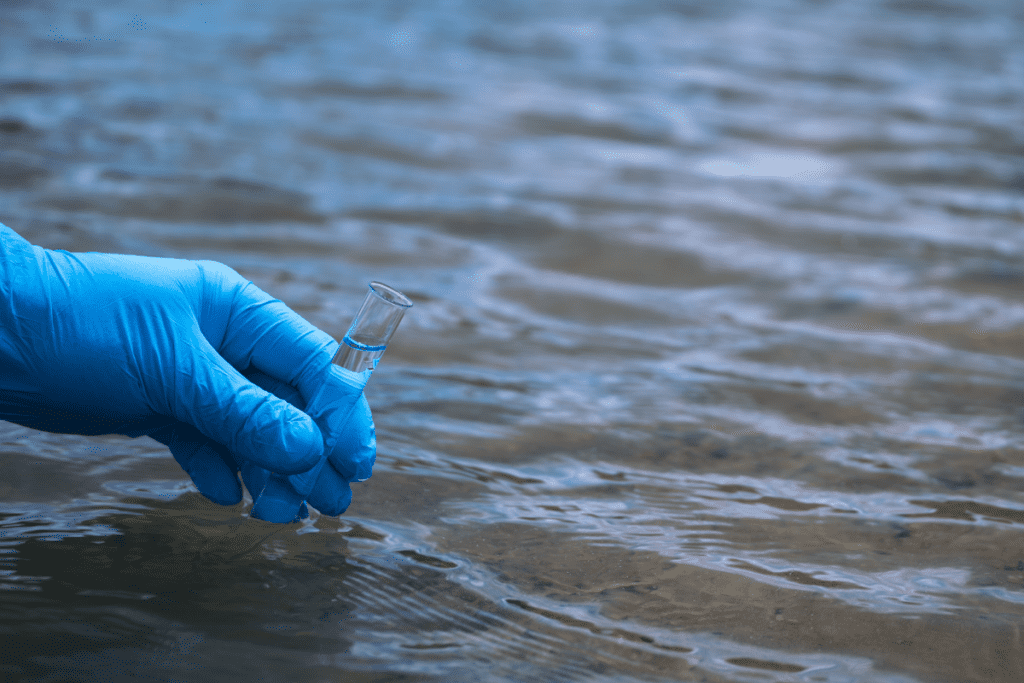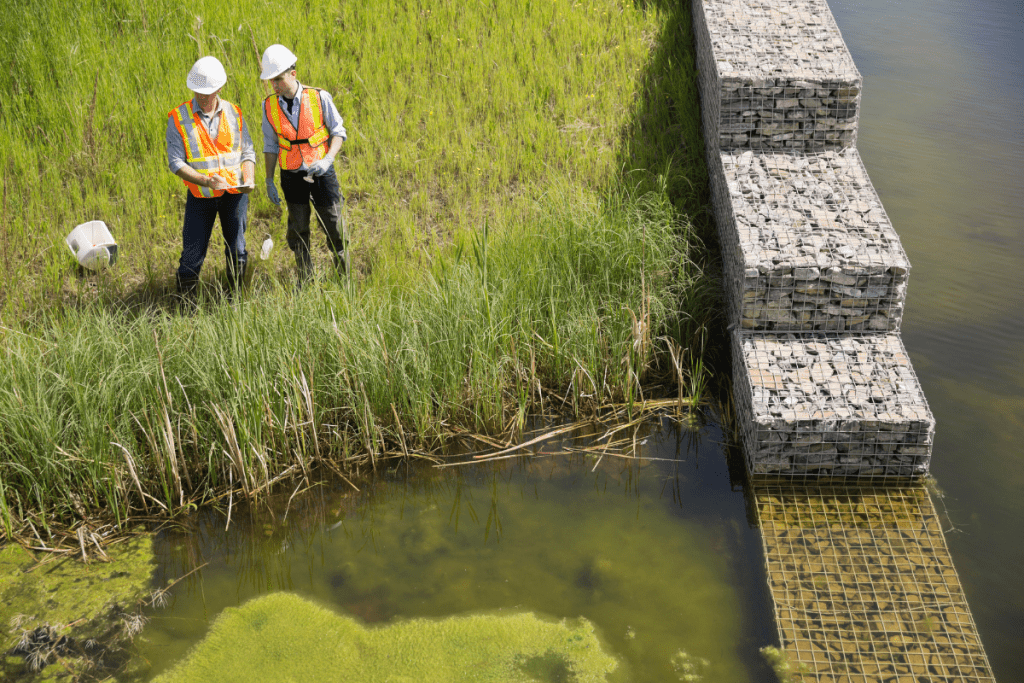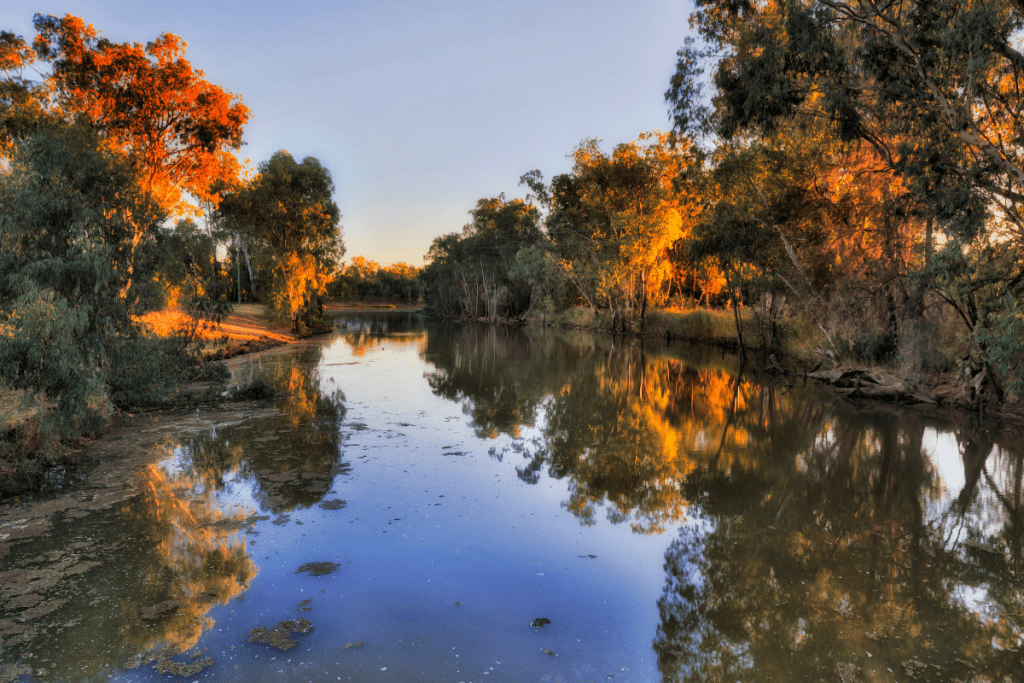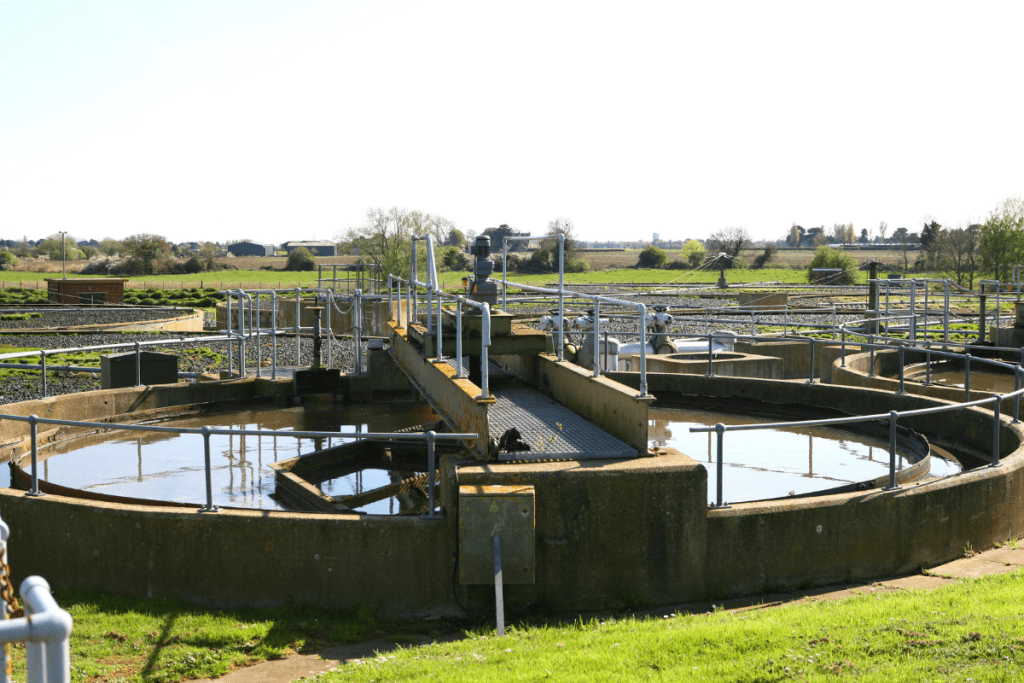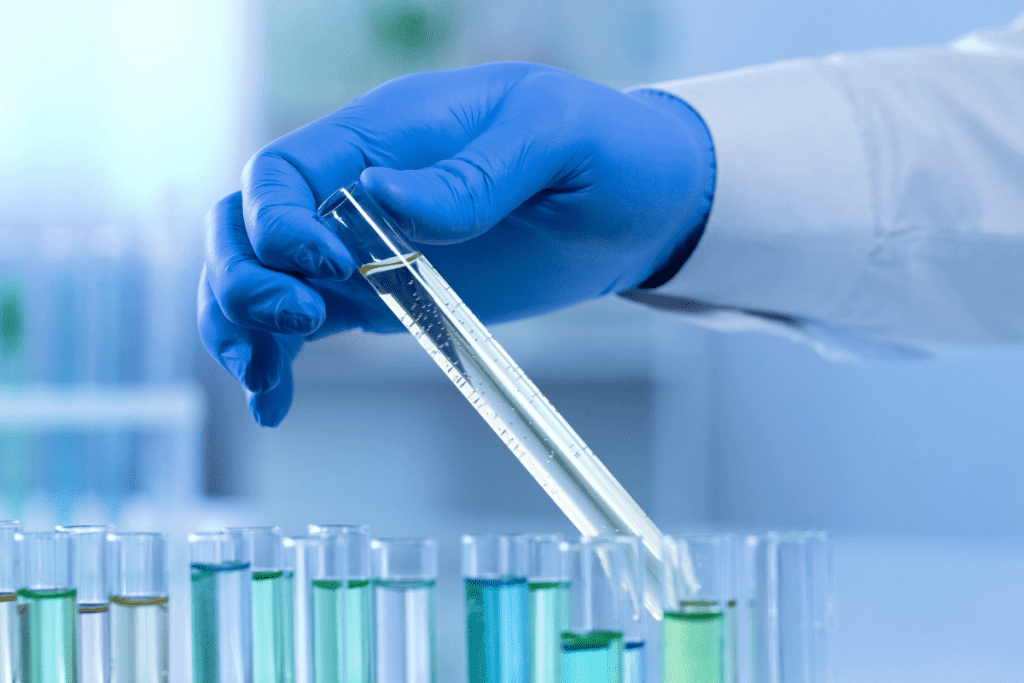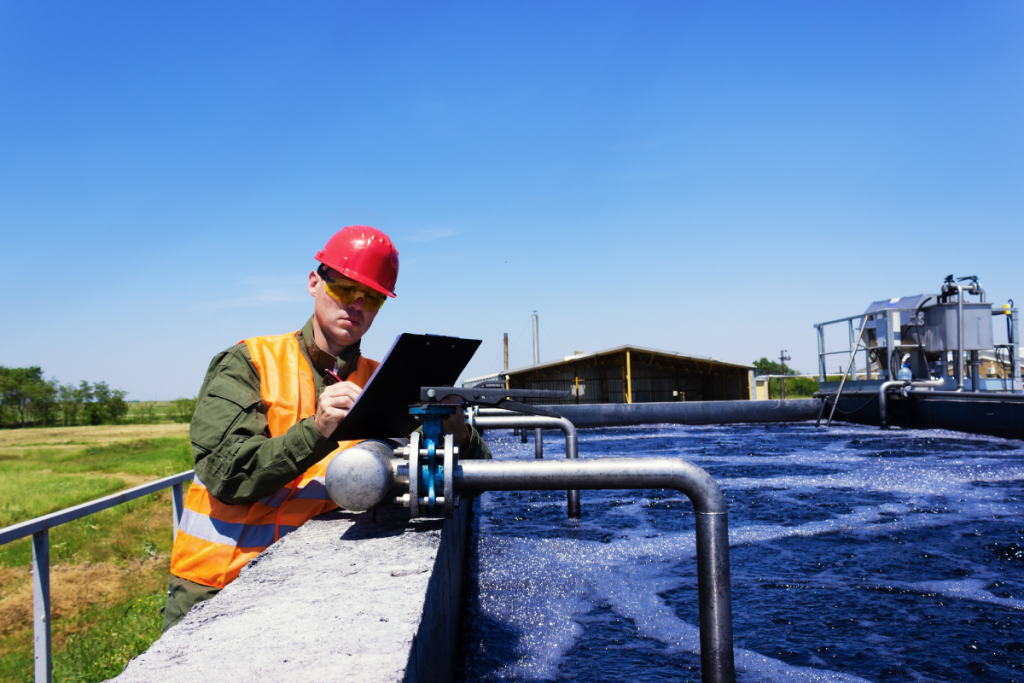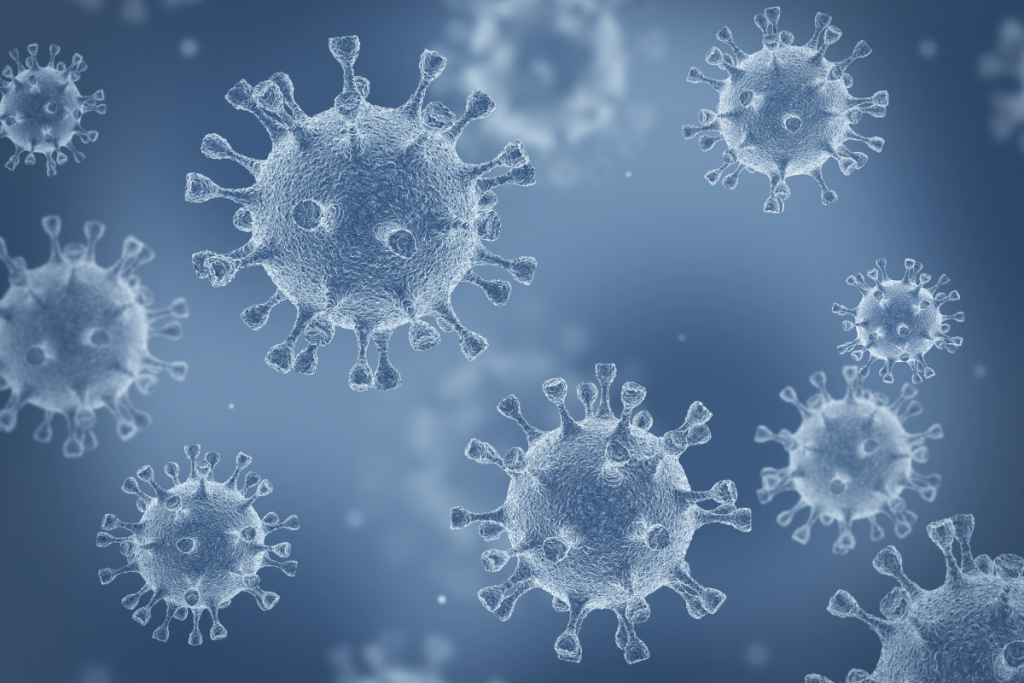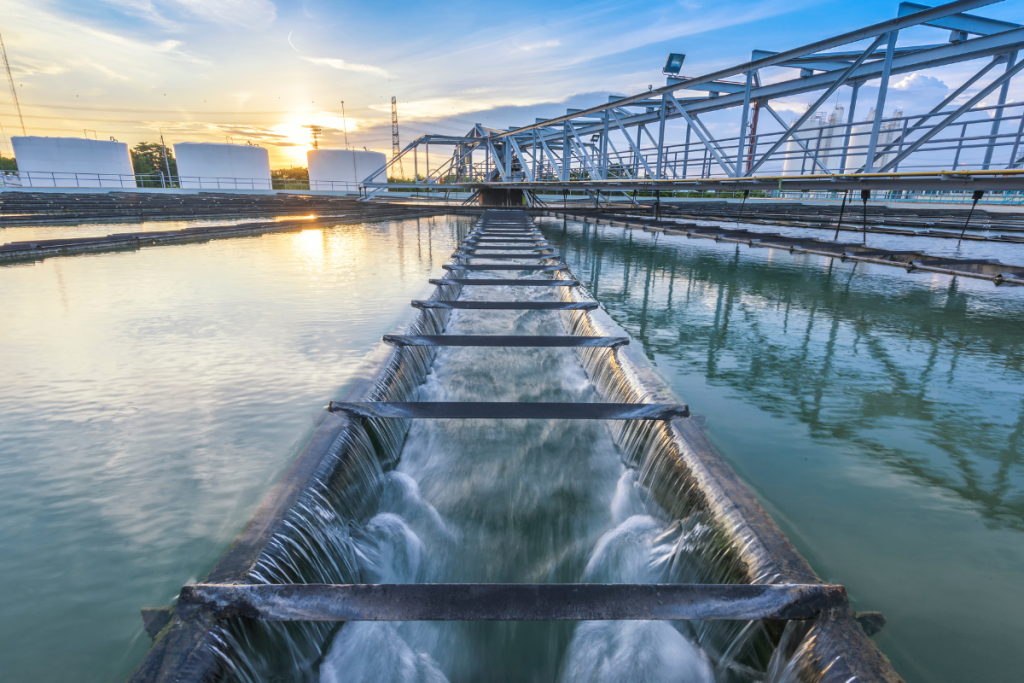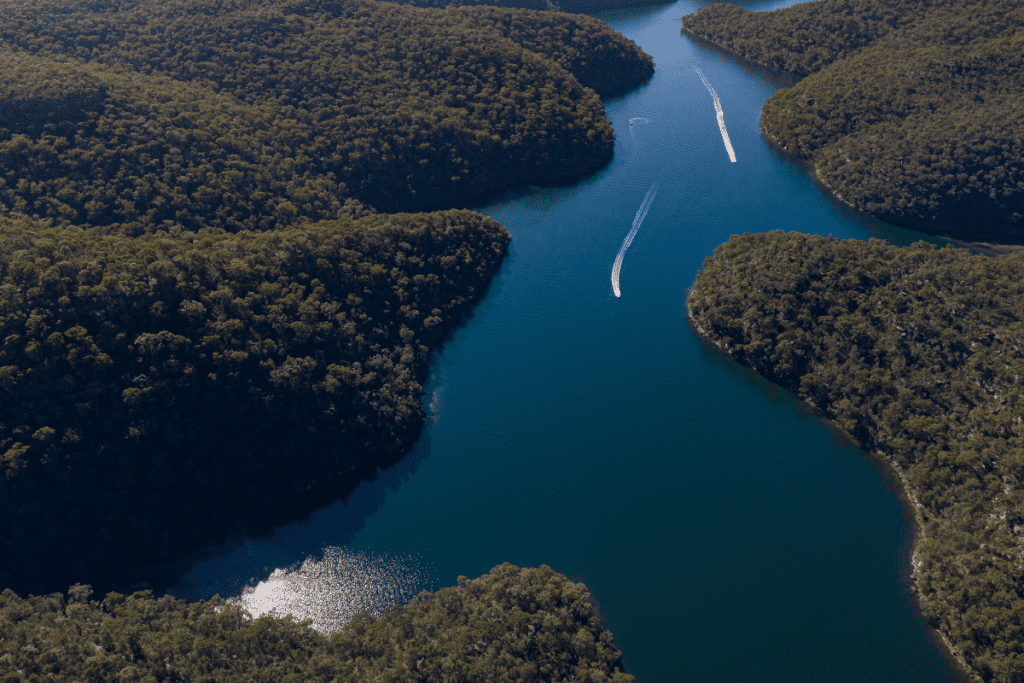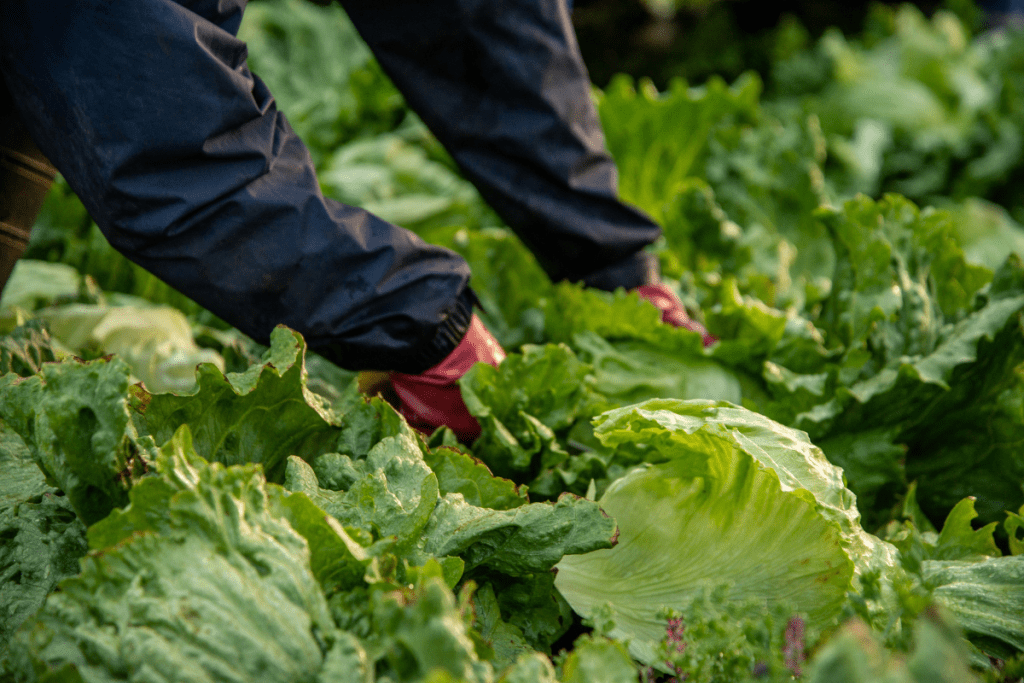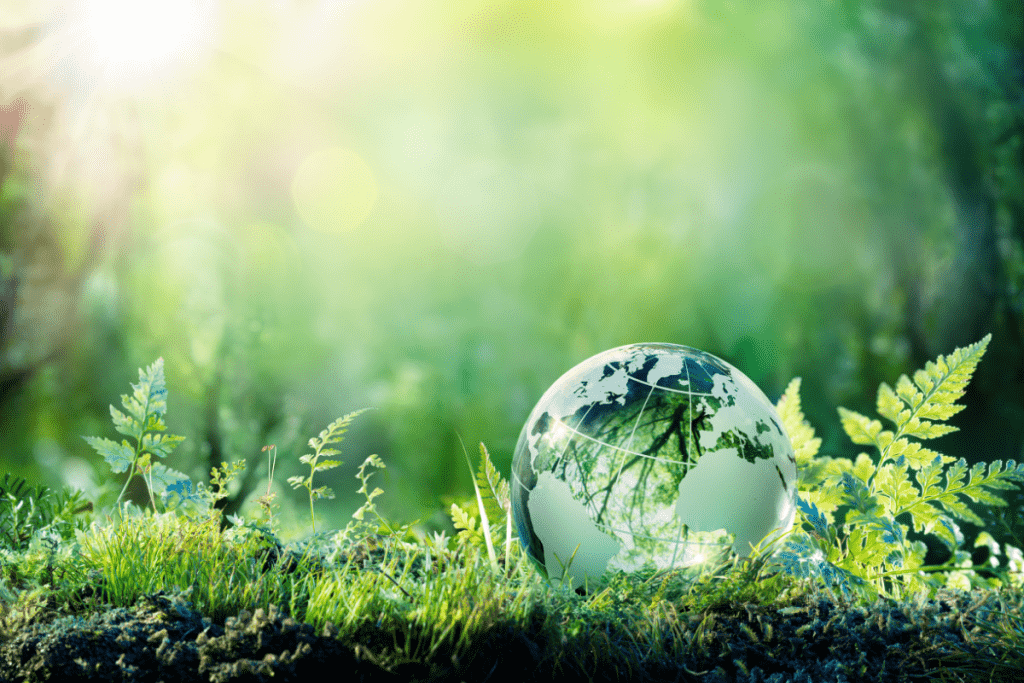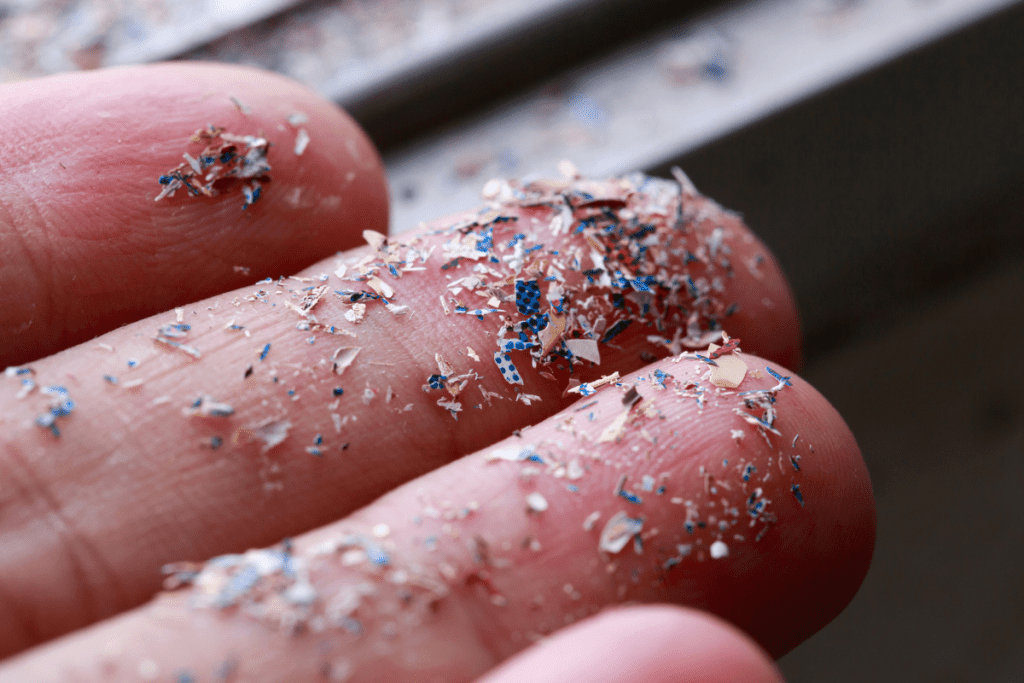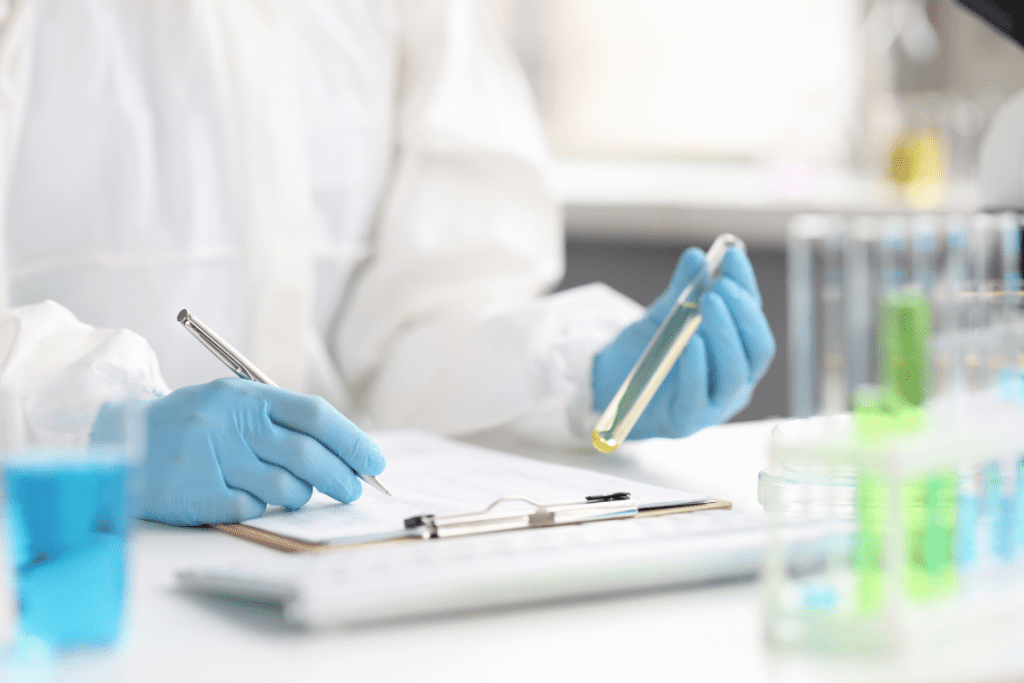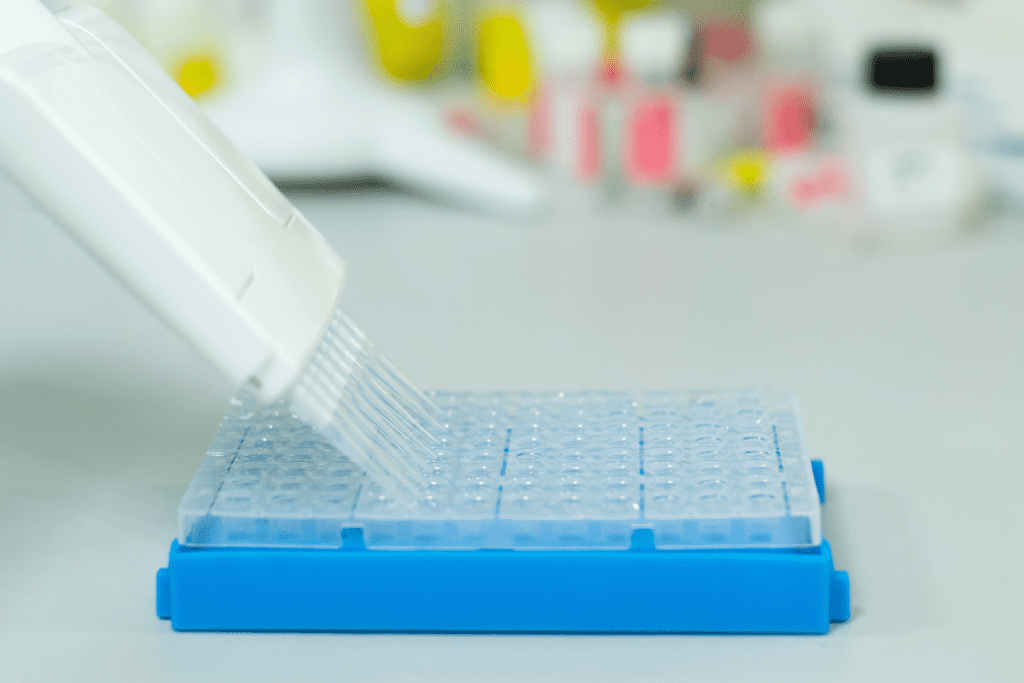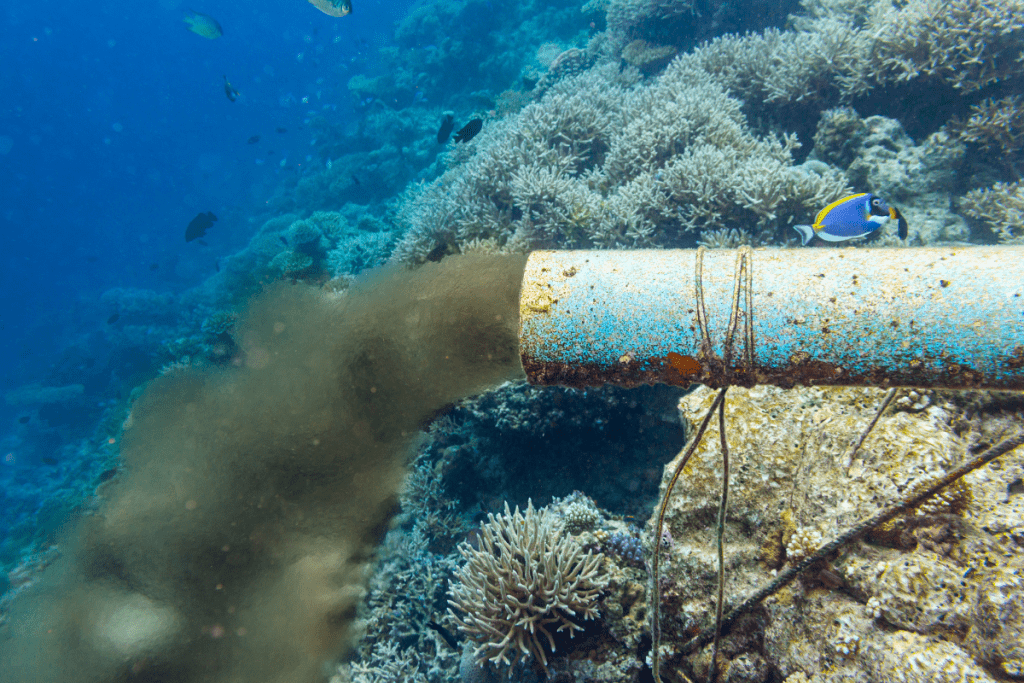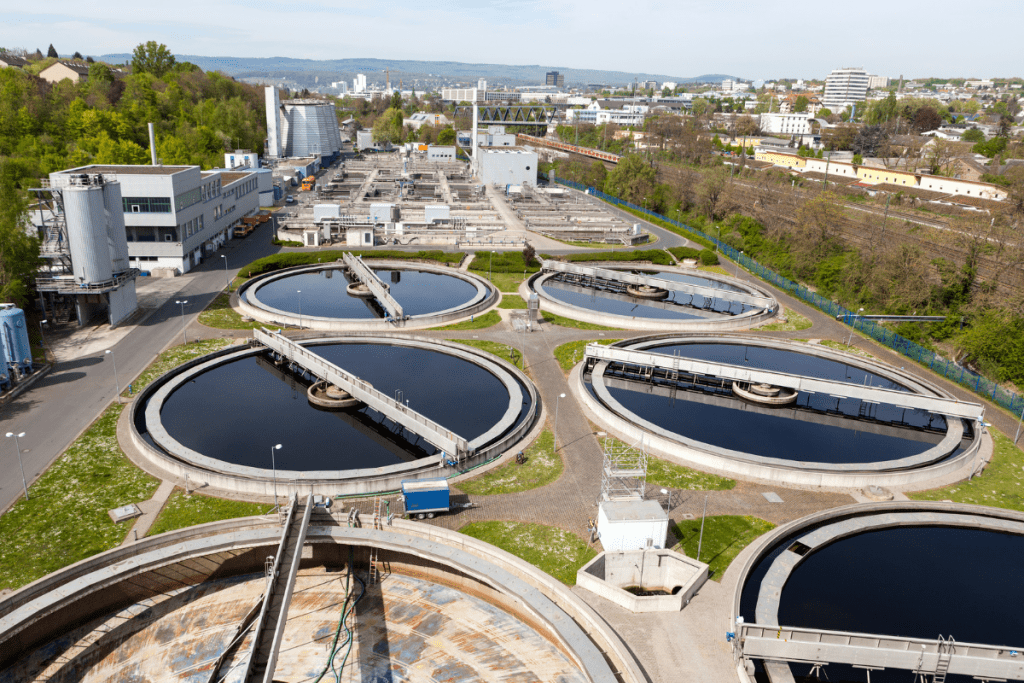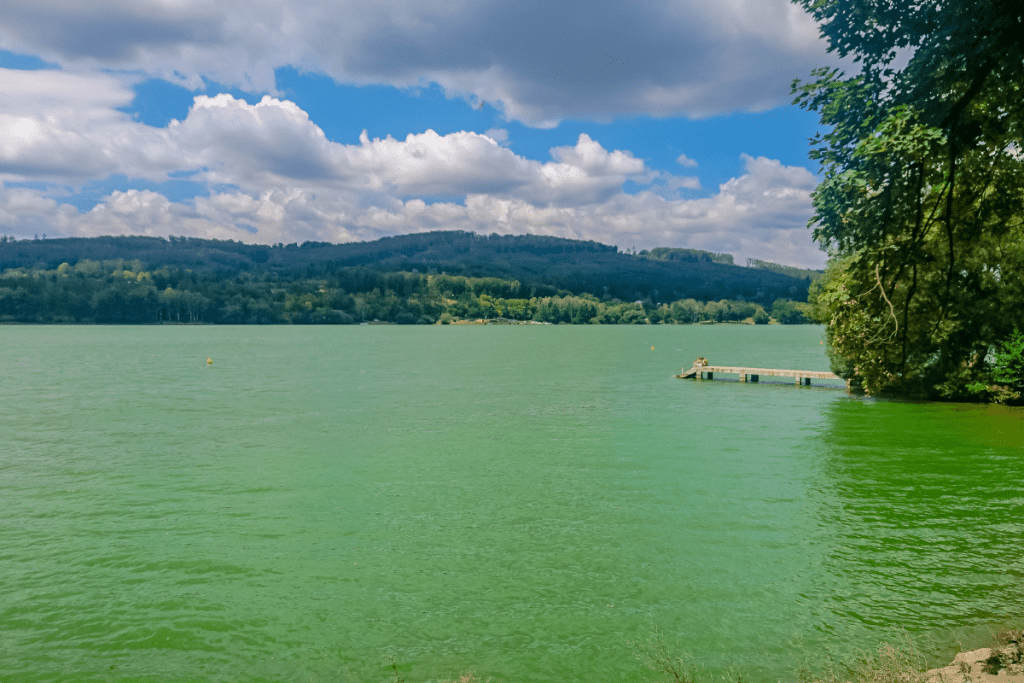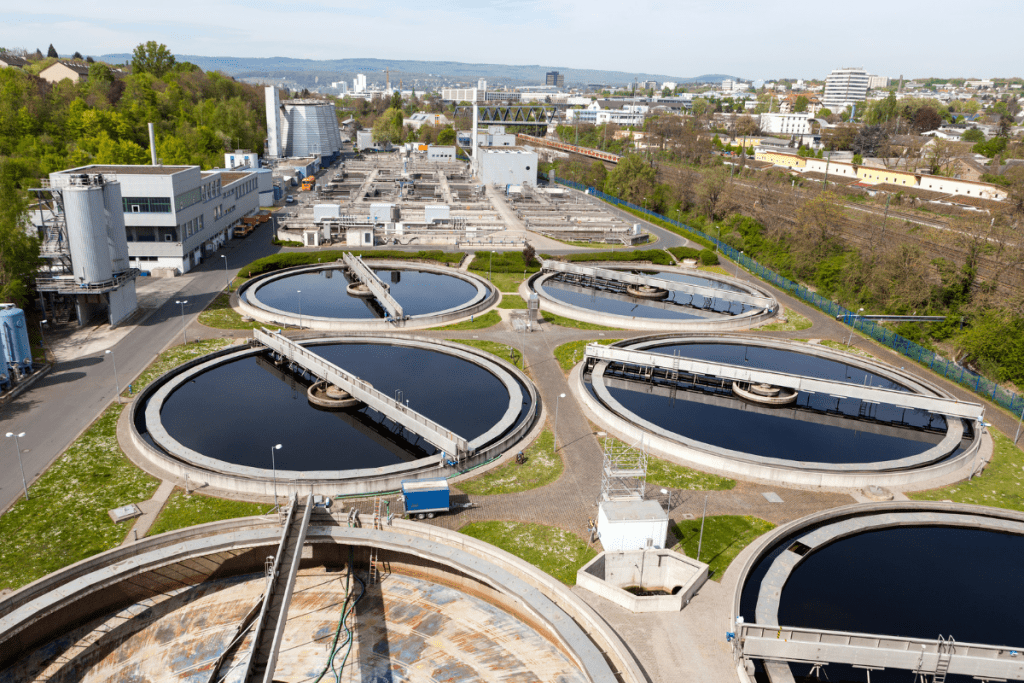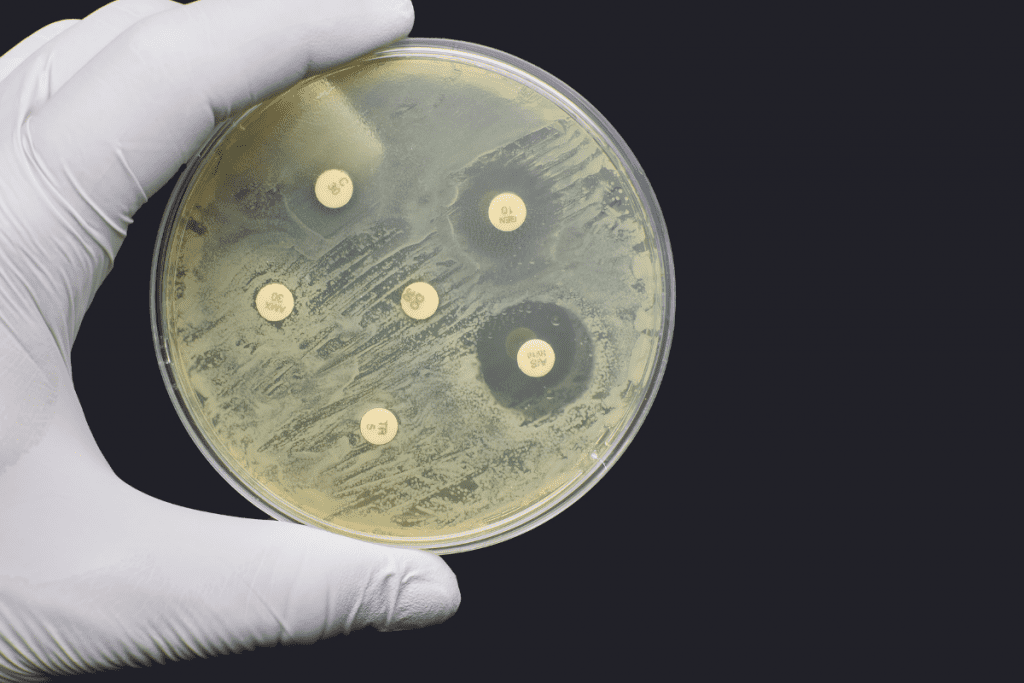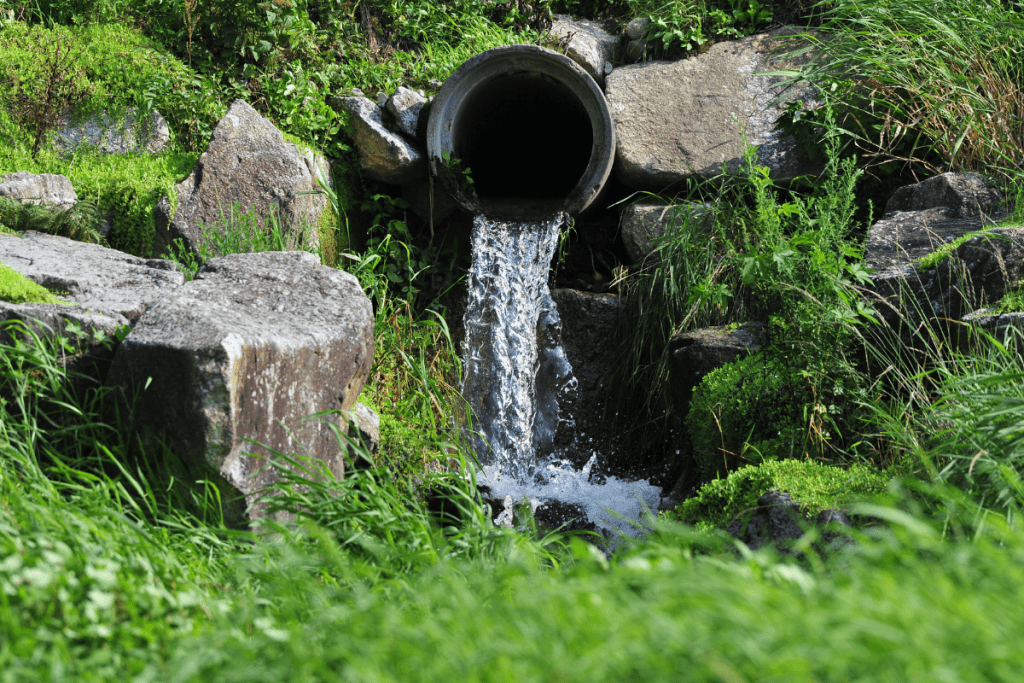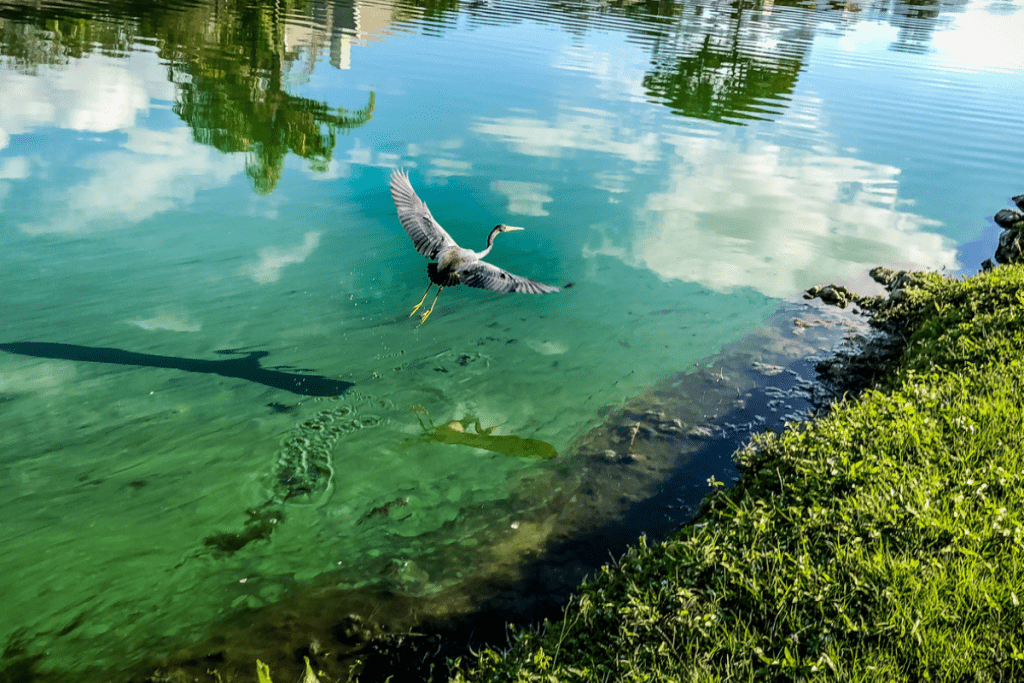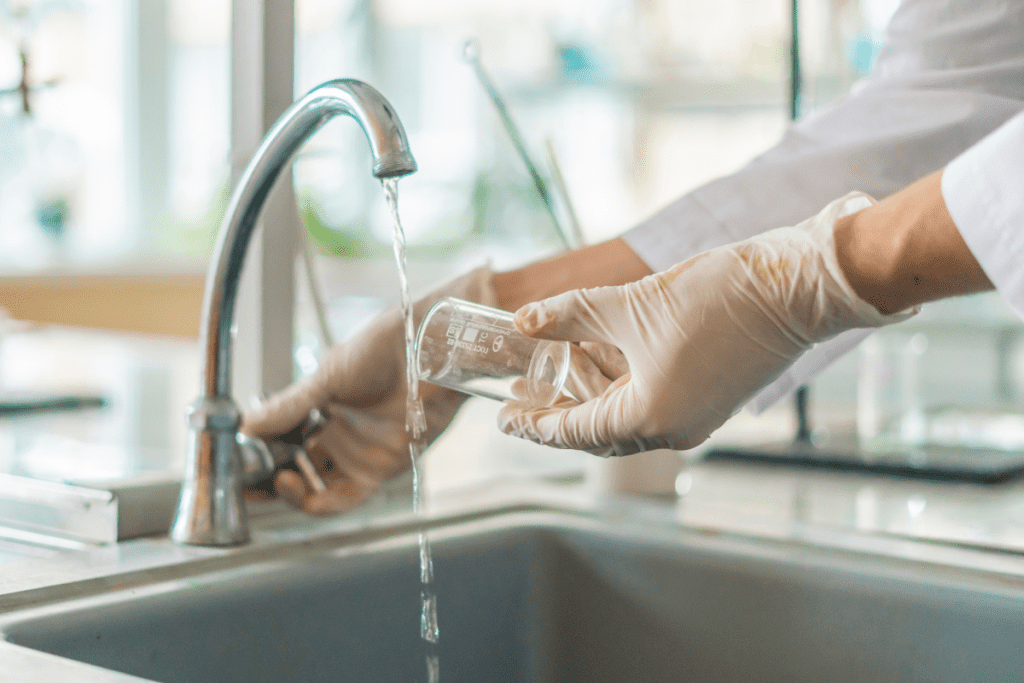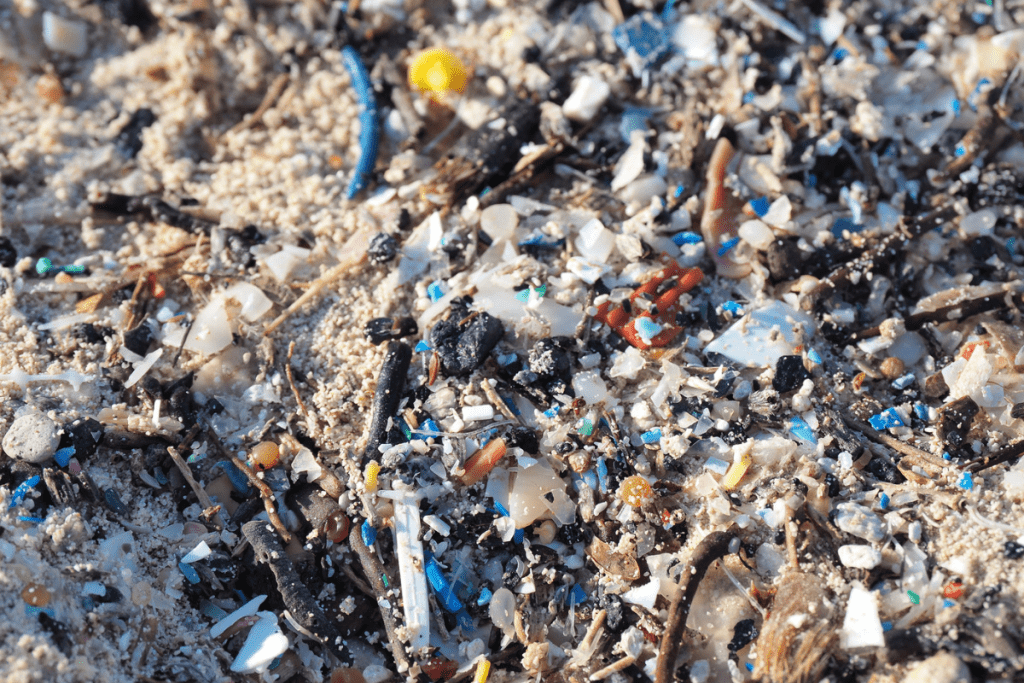- All
- Circular Economy
- Human & Environmental Health Impacts
- Networks & Treatment
- Source & Catchments
- Workforce
Development of a WaterVal Granular Filter Validation Protocol
Conventional media filtration is the most common process used as one of the main barriers for pathogen and solids removal in water treatment…
Phycoremediation of Winery wastewater enhancing circular economy and ARC Linkage Biosolids project
This project will develop a Novel Phycoremediation technology “phycosol” for winery process effluent with simultaneously generation of biomass for biofuels and other beneficial products enhancing the circular economy…
Plasma bubbles for algae control
Algal and cyanobacterial blooms incur current treatment challenges such as high operational cost, disinfectant by-product formation, and the requirement to separate oxidants from solution after the oxidation…
Impacts of Non-degredable organic contents (NDOs) on sludge Rheology and Dewaterability
By dewatering sludge, wastes can be efficiently and reliably concentrated into filter cakes with high solids for cost-effective disposal…
Ecological engineering of textiles to reduce the pollution by fibre
The aim of this project is to determine which physical features of textiles increase fibre release during washing, so they can be reengineered to minimise environmental impacts, improving the quality of bioresources such as effluent water and biosolids…
Sustainability assessment of biosolids management options
Biosolids generated during the wastewater treatment processes has become a major burden of wastewater treatment plants and an unresolved problem for major cities around the world…
Application of biosolid-biochar to restore degraded soils
The project aims to investigate the impacts of biosolids biochar immobilized bacteria on soil microbial activity and diversity during arsenic phytoremediation…
Application of biosolids-derived biochar for the bioremediation of hydrocarbon-contaminated urban soil
Petroleum hydrocarbon is one of the most common soil contaminants in many countries…
Biosolids to biochar and platform chemicals
The sustainable application of biosolids to agricultural land is being limited by many contaminants such as microbial pathogens, PFAS, microplastics, and heavy metals…
Modelling and simulation of gas solid beds
Energy sector focusses to be able to meet all the requirements of sustainable national development of energy resources and efficient utilization of its diverse sources…
Investigations into co-hydrothermal treatment of sewage sludge
Management of sewage sludge is an issue for Industry…
The impact of microbial ecology on operation of biosolids treatment trains
This project has four specific objectives: (1) To identify ways to prevent or reduce the incidence of foaming during anaerobic digestion of sewage sludge….
Point-of-care rapid detection of harmful pathogens
Waterborne pathogens cause millions of people to be sick each year globally, putting a burden on hospitals and having financial implications.
Improving methane production of chicken manure via the use of biochar addition
Chicken Manure represents one of the largest organic waste streams in Australia…
Recovery of bio-energy and resources from organic waste streams in established trade waste customers
This project is investigating the potential for using historical water utility data to identify targets for resource recovery, particularly biogas. Differences and similarities in physico-chemical properties and microbial communities between different sites and industries will be studied…
Analyse the agricultural potential of struvite as a sustainable phosphorus fertiliser
The main aim of this research project is to evaluate the agricultural potential of struvite as a sustainable phosphorus fertiliser…
Viable microbial dynamics and horizontal gene transfer of antibiotic resistant genes in agricultural soils amended with biosolids fertilizers
This project aims to understand microbial community dynamics and spatial distribution of antibiotic resistance genes in agricultural soil amended with biosolid/compost fertilizer…
Influence of sampling methods on the production of volatile emissions from biosolids-related sources
As there is lack of understanding the roles of sampling methods on measuring for volatile gas sampling from biosolids, it might cause various concern about what are we really measuring…
Understanding impacts and opportunities for beneficial reuse of biosolids via land application
In Australia, around 1.4 million tonnes of biosolids were produced in 2021…
Wetland sediment, recreational activities and environmental and public health outcomes
The aim of this project is to identify environmental and public health risks associated with urban wetland sediment from recreational activities undertaken in or around urban wetlands across Melbourne…
Development of a risk-based framework for biosolids quality management
The biosolids industry in Australia has historically developed in response to the regional challenges, resources available and their markets perception and demands…
The role of microbial ecology in regulating the variability of GHG and odour emisisons from biosolids
Biosolids odour impacts communities and public perception of water utilities…
Blending biosolids with other waste streams to optimise nutrient ratios and restore and stabilise carbon in Australian cropping soils
Biosolids are the solid by-product of treated wastewater derived from industrial and residential sewage systems (stabilised sewage sludge)…
Understanding future water quality under low and variable water level conditions
The overall aim of the study is to analyse the possible effects or influence that the different climatic drivers have on Lake Wivenhoe’s water levels….
Identifying Sources of Emerging Contaminants to Australian WWTPs
This project will investigate the the fate and the sources of a range of priority emerging contaminants to CECs Australian wastewater treatment plants (WWTPs), that will allow water and environmental authorities better diagnostic tool for proactively managing the release of emerging contaminants into treatment plants…
Foam fractionation for removal of contaminants of emerging concern from sewage
The occurrence of per- and polyfluoroalkyl substances (PFAs) in various environmental media is of great concern due to their potential adverse effects on living organisms…
The Living Mooraboolo: Evaluating the effects of human-driven change on River Health
This project aims to use qualitative and quantitative approaches, develop a consolidated time-based narrative (and / or) model showing how landscape change, interventions and social factors within the Moorabool catchment have impacted on the river’s health in terms of water quality, flow regimes, ecological carrying capacity, and bank stability / erosion…
Evaluating riparian buffer zones in temperate streams
This project aims to assess changes before and after completion of restoration works and in comparison to other nearby streams in…
Sewage treatment fugitive carbon footprint reduction
The project aims to quantify the direct fugitive greenhouse gas emissions of the Canberra’s sewage treatment at Lower Molonglo Water Quality Control Centre (LMWQCC), identify potential fugitive emission reduction initiatives, and advise on the implementation of mitigation strategies…
Ecophysiology of microbes that produce taste/odour chemicals and their impact on drinking water treatability
Unexpected taste and odour (T&O) in drinking water is an emerging issue for the Australian water industry as it undermines customers’ trust in drinking water suppliers…
Identification and characterisation of unpleasant taste/odour chemicals in raw water for informed risk management
The Australian water industry is currently focused on two VOCs, namely geosmin and MIB, which release an earthy-musty smell…
Treatment strategies to remove microplastics from whole of water supply cycle
This project is investigating the fate and transport of microplastics in the whole of water supply cycle…
Mitigating methane emissions from sludge drying lagoons
Sludge-drying lagoons are used in Australia as a convenient and cost-effective method of de-watering wastewater sludge…
Beneficial reuse of sludge from water treatment processes
Barwon Water produces almost 700 tons of dry solid sludge per annum from its two main water treatment plants at Wurdee Buloc and the Moorabool River…
Investigating community attitudes to alternative water sources
To face the mounting pressures of increasing demands on depleting fresh water supplies, the water industries are compelled to explore alternative water supplies such as desalination, water recycling (Indirect and Direct Potable Reuse), and storm water reuse, among others…
NOM monitoring and characterisation in the Nepean
It is well understood NOM character as well as concentration impacts its treatability by water treatment processes and that concentration and character can change over time…
Implementation of WSUD approaches to manage stormwater quality & quantity in existing developments
To manage stormwater in an adaptive way as well as improving the mitigation strategies to cope with the climate change and urbanisation impacts, Water Sensitive Urban Design (WSUD) approaches are becoming popular…
An optimal asset renewal decision support model
Asset management plays a significant role in modern industries, particularly in water utilities, in providing available and reliable service at an optimised asset Life Cycle Cost (LCC)…
Removal of pharmaceuticals and illicit drugs in wastewater treatment
This project investigated the presence, removal and fate of illicit drugs and pharmaceuticals in wastewater treatment, using advanced instrumentation…
Microcystis blooms – insights from genomics and metagenomics
The genus Microcystis is responsible for many ‘nuisance’ and toxic algal blooms that threaten various fresh water bodies in Australia…
Development and evaluation of molecular techniques for monitoring aquatic macroinvertebrates in freshwater systems
This project will explore the applicability of molecular approaches for taxonomic studies and rapid identification of invertebrates in a variety of freshwater habitats. This project delivered proof of concept for using DNA barcoding to fill taxonomic knowledge gaps and identify cryptic species and has also successfully discovered new populations of the critically endangered Mt Donna Buang Wingless stonefly.
PhD Thesis underway by Edward Tsyrlin.
Metabolomics applications to advance pathogen detection and viability assessment in water
This project investigated Metabolomics-based applications (LC-MS and GC-MS) to advance cyanobacterial toxin detection and analysis in water to…
Predicting the photolytic removal of emerging contaminants in wastewater treatment lagoons
Sunlight-induced degradation is an important removal mechanism for some contaminants and has been commonly overlooked as a removal mechanism in wastewater systems in the past…
Water Operations Technical Competency Benchmark
This project proposes to bring industry and regulators together to develop minimum standards for technical competency that facilitates a more consistent approach towards technical competency…
Investigating the feasibility of pyrolysis/co-pyrolysis of the Victorian biosolids and alum sludge
Biosolids, the main by product from wastewater treatment plants, have a high potential in agricultural applications because they contain important plant nutrients and they can function as soil amendments…
Assessing granular activated carbon capacity for algal T & O removal: Development of a predictive tool
This project will use granular activated carbon to remove algal metabolites…
Assigning and maintaining appropriate pathogen LRVs in MBRs
Traditionally, Membrane Bioreactor (MBR) Validation is focussed on performance during commissioning when membranes are new, and the range of operating conditions are limited…
Molecular technologies to inform microbial risk
Faecal source tracking (FST) involves the identifying the contamination pathways and potential health risk of faecal contamination in source waters and is an important strategy for contaminant management within catchments…
Assessing the genomic sequencing to link SARS-CoV-2
Wastewater surveillance for SARS-CoV-2 has proven effective in supporting COVID control efforts globally…
Best practice guidance for lake modelling to assist QMRA
Lake hydrodynamic models are used by water utilities to provide an estimation of the conditions within a water storage…
Catchment Health Metrics
Catchment health metrics are physical, chemical, biological, and socioeconomic indicators that collectively provide a holistic measure of a catchment’s state and functional capacity…
Understanding impacts of recreational access to drinking water catchments and storages in Australia
Source water protection underpins the safety and affordability of drinking water supplies where the prevention of water contamination provides greater surety than removal of contaminants…
CRC SAAFE – Solving Antimicrobial resistance in Agribusiness, Food and Environments
Antimicrobial resistance (AMR) – the ability of microorganisms to resist antibiotics, antifungals, and antivirals – is one of the greatest health threats of the 21st century…
CRC CARE – Water Industry Consortium
WaterRA is leading a consortium of water industries as part of the future configuration of the “CRC Care” post-June 2021…
SewAus Census 2021 – understanding chemical and biological hazards through analysis of wastewater and biosolids
This project aims to better understand chemical and biological hazards in Australia through long-term collection and analysis of wastewater and biosolids…
Upcycling of biosolids into biochar as a win-win-win for environment, economy and community
Biochar production from pyrolysis/gasification and its use as increasing soil carbon has been discussed as one of the most suitable low emissions technologies..
Microplastics and the environment
Wastewater is known to contain tiny particles of plastic, some may remain at the end of the treatment process…
ColoSSoS | Fiji
Following on from the successes of the Mekong node of the ColoSSoS program, WaterRA entered into another project with the Australian Water Association to provide knowledge transfer and capacity building services to the Water Authority of Fiji…
Full-scale UF membrane challenge testing using biopolymer nanomaterials
The proposed project will evaluate new methods for synthesising novel fluorescent biopolymer nanoparticles (BNPs) in quantities that are suitable to facilitate challenge testing at full-scale and investigate techniques for stabilising the BPNs for distribution…
UV LEDs for control of opportunistic pathogens in water
Water supply sustainability demands that communities look toward non-traditional water sources for potable and household water needs…
UV/Chlorine AOP in Potable Reuse: Assessment of applicability, operational issues, and potential by-products
Potable water reuse is increasingly recognised as an important water management strategy for future Australian and international cities…
State of knowledge + capability for remote sensing for water utilities
New satellites and drones have the capacity to provide higher resolution images, of larger areas, more often than ever before, but how can water managers and scientists access or use this data, and what will they need to incorporate remotely sensed information into analysis, planning and other decision-making processes…
Application of sustainable hydrogen economy based AOP for removal of emerging contaminants
Researchers have developed an innovative photocatalytic technology which can produce H2O2 from water and air under sunlight…
Guidance for integration of gene testing in cyanobacterial management
There are many species of blue-green algae (cyanobacteria), and each species can have a number of genotypes…
Smart removal of bromides for minimising brominated disinfection by-products in drinking water
Source waters contain a class of chemical compounds collectively known as ‘bromides’…
Saving Nemo: Reducing animal use in toxicity assessments of wastewater
Every day, Australians produce ~5 billion litres of wastewater, which contains a cocktail of chemicals…
Investigation of the photolysis of emerging contaminants in the Western Treatment Plant lagoons
Wastewater, including sewage, must be treated to remove chemical pollutants prior to its release into the environment…
Characterising the drivers of cyanotoxin production to embed into a cyanobacteria risk management framework
Several cyanobacteria species are well known for their potential to produce cyanotoxins…
State of Knowledge of Scope 1 emissions from Sewage Treatment Plants
Before wastewater, (which includes sewage), can be recycled or released to the environment, it must be treated to remove harmful microorganisms and pollutants…
Significance of the environment as a reservoir for antimicrobial resistance from agricultural origin
Microscopic organisms such as fungi, bacteria and viruses can cause disease and infection, but most can be treated with pharmaceutical drugs…
Update to stormwater quality knowledge for AGWR
As an alternative water resource, stormwater has a great potential to be reused for various purposes, including for the augmentation of drinking water supplies, but the reason stormwater run-off has not been widely used is because it contains unknown and variable amounts of chemical contaminants and microscopic organisms, some of which can cause illness and disease…
Understanding and reducing the spread of antibiotic resistance in anaerobic sludge digestion
People excrete antibiotics and many types of bacteria, and this mixture can become concentrated in wastewater treatment plants…
Protocols for algal bloom management – technology performance & optimisation assessments
There is a need to have a clear and consistent approach to assessing the efficacy and performance of the growing number of algal bloom management technologies emerging on the market…
Better data driven decision making under future climate uncertainty
Predicting the effects of climate change is a complicated business…
Transformation chemistry of EDCS/PPCPS resulting from the disinfection of drinking water
This project proposes to use novel concepts in computational chemistry to predict the likely transformation products (TP) of relevant EDCs/PPCPs with a range of disinfection and oxidation options (such as chlorine, chloramines and chlorine dioxide) commonly used in the production of drinking water, and to apply comprehensive in vitro toxicity testing to determine their likely toxicity profile…
Microplastics in wastewater
Microplastics are already somewhat ubiquitous in the environment, due to the wide use of plastics around the world…
Value of Research
Today, research needs to deliver clear, demonstrable impact – and that’s just the tip of the iceberg.



